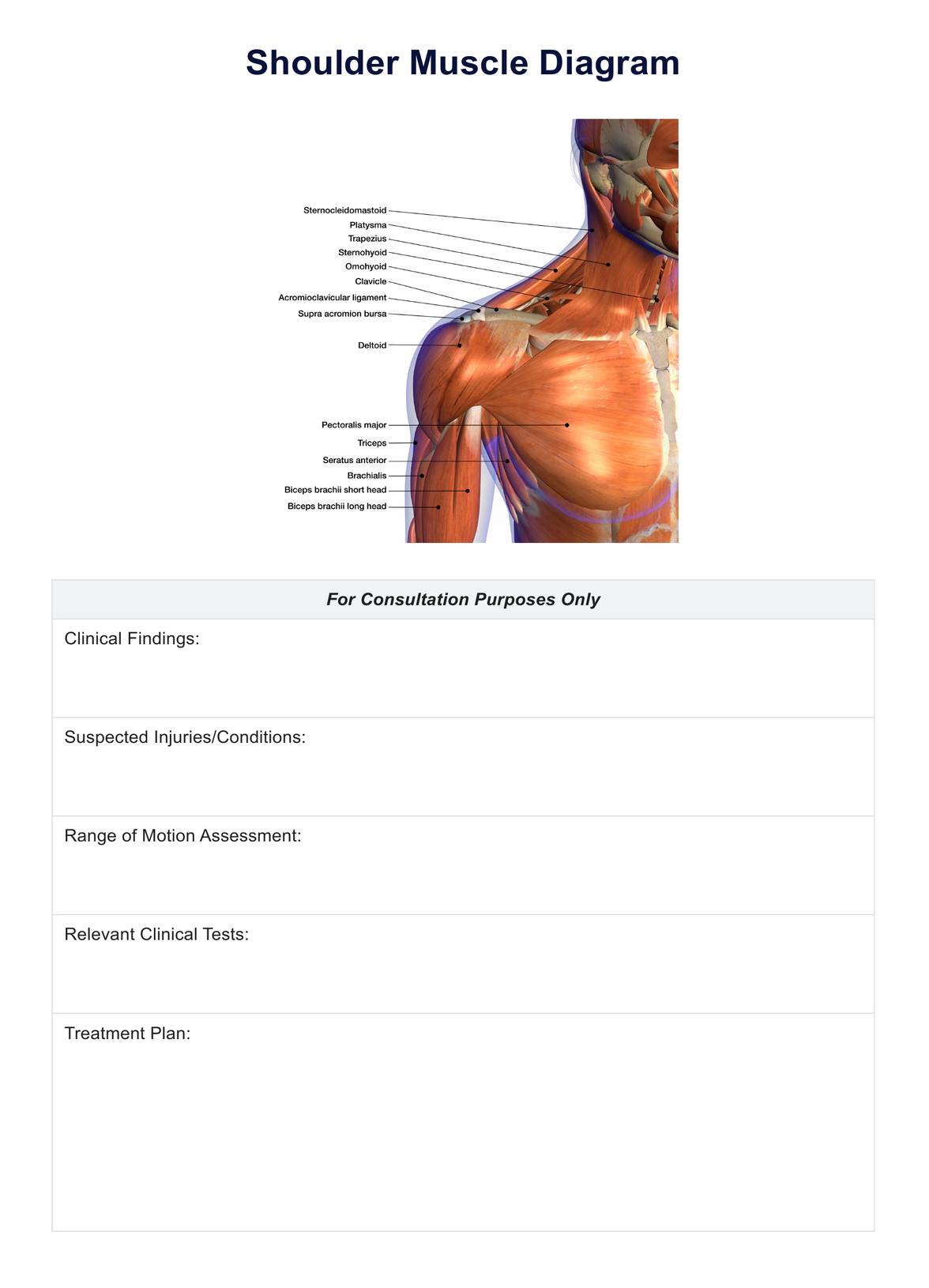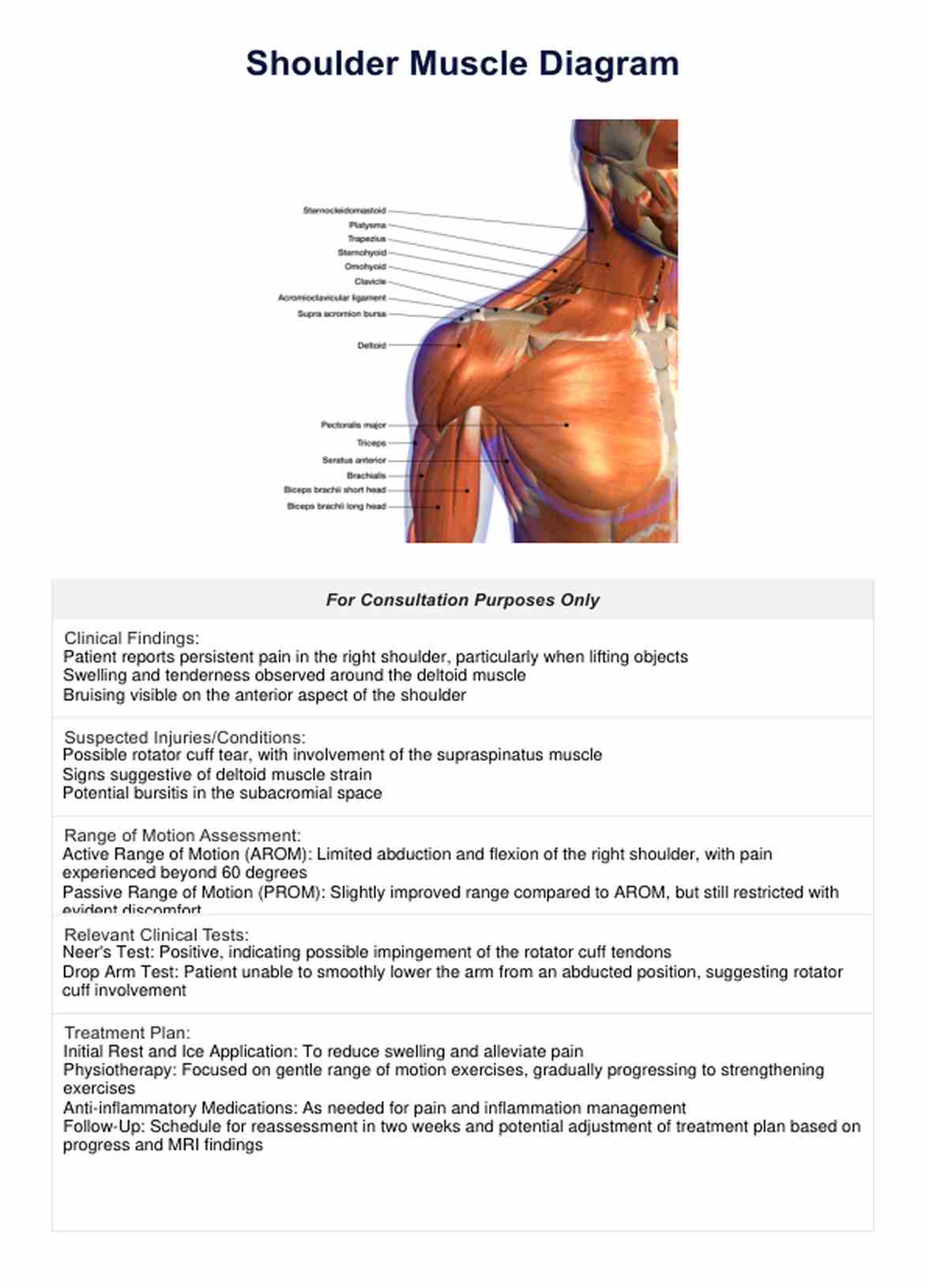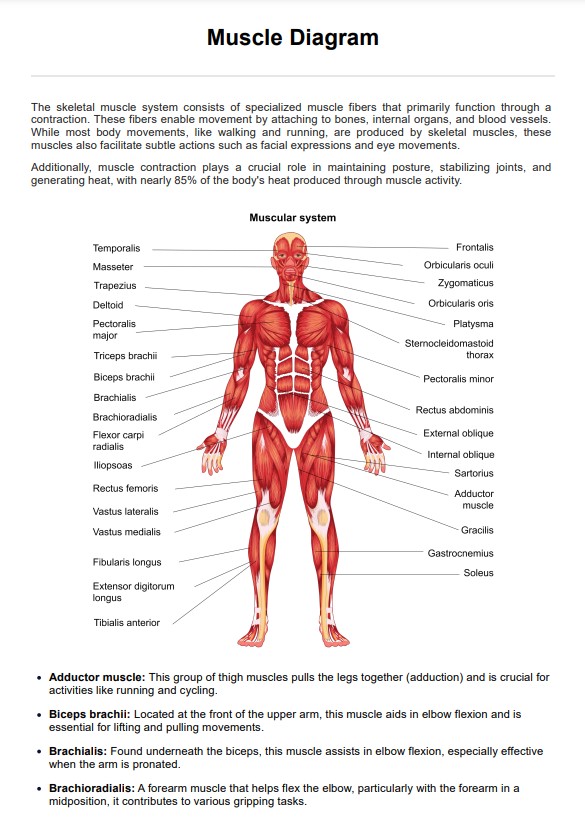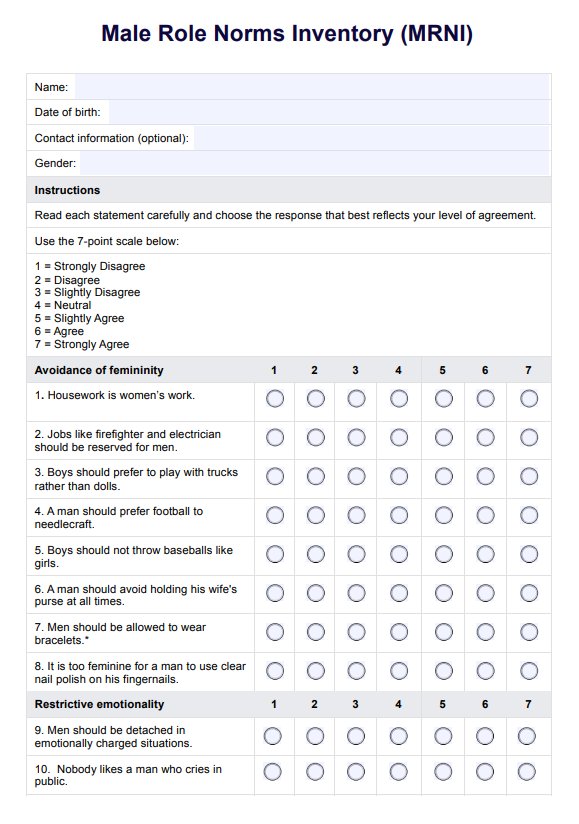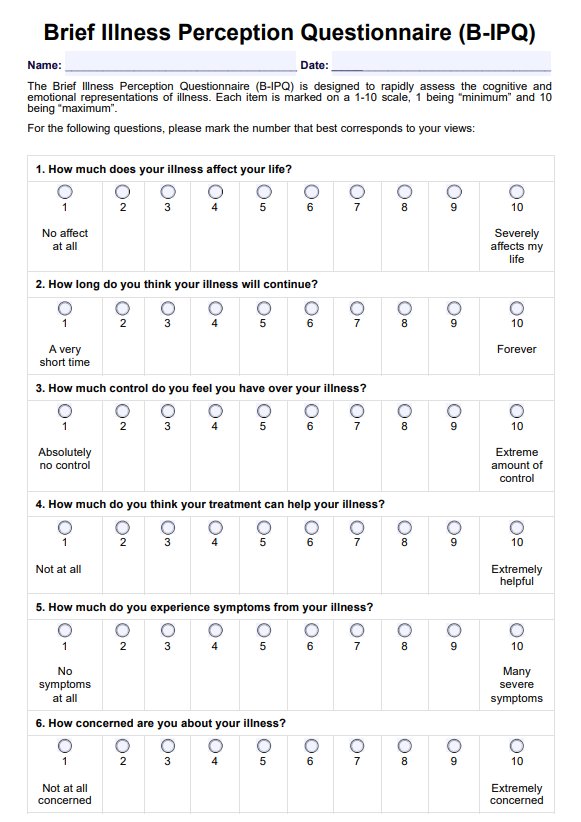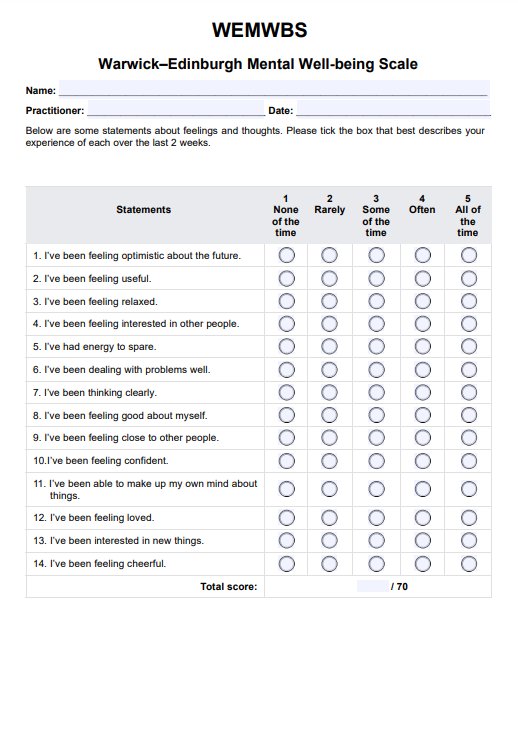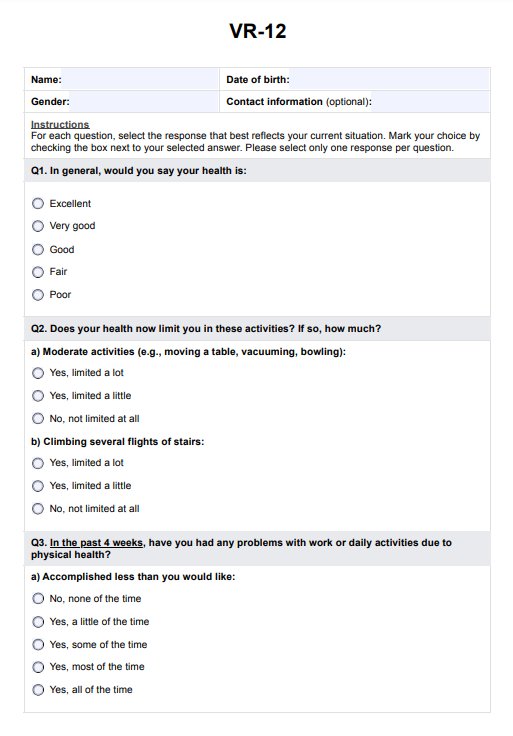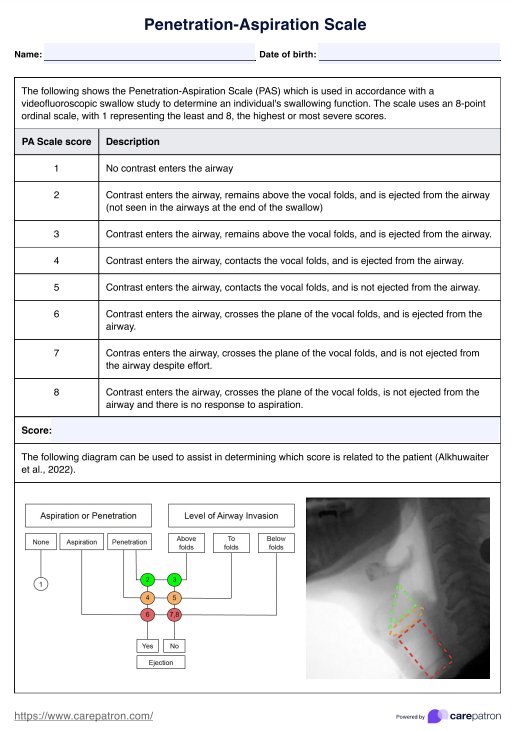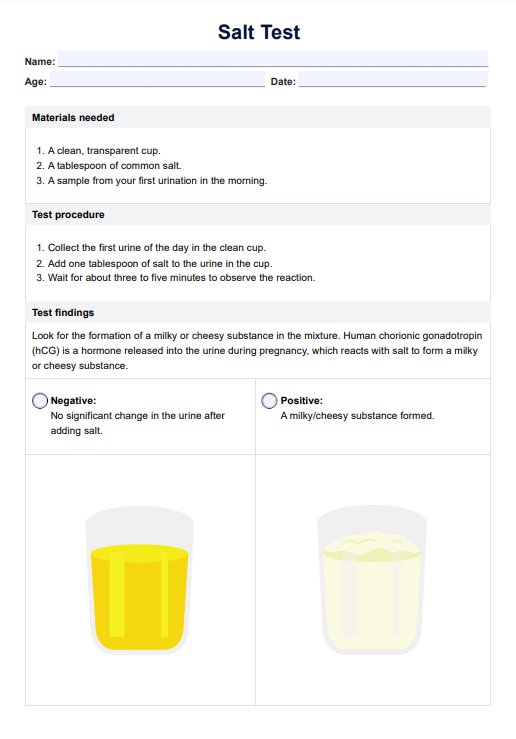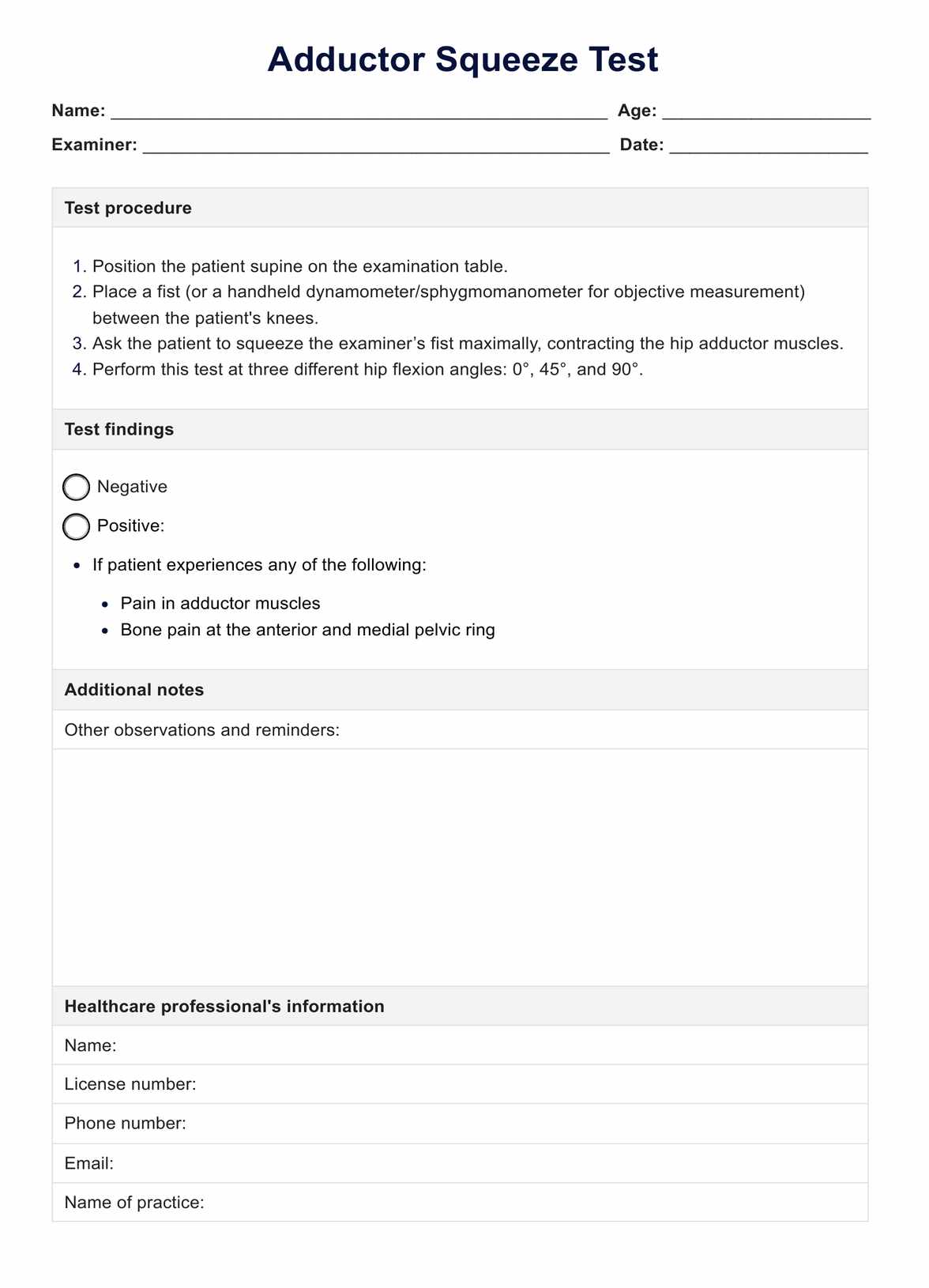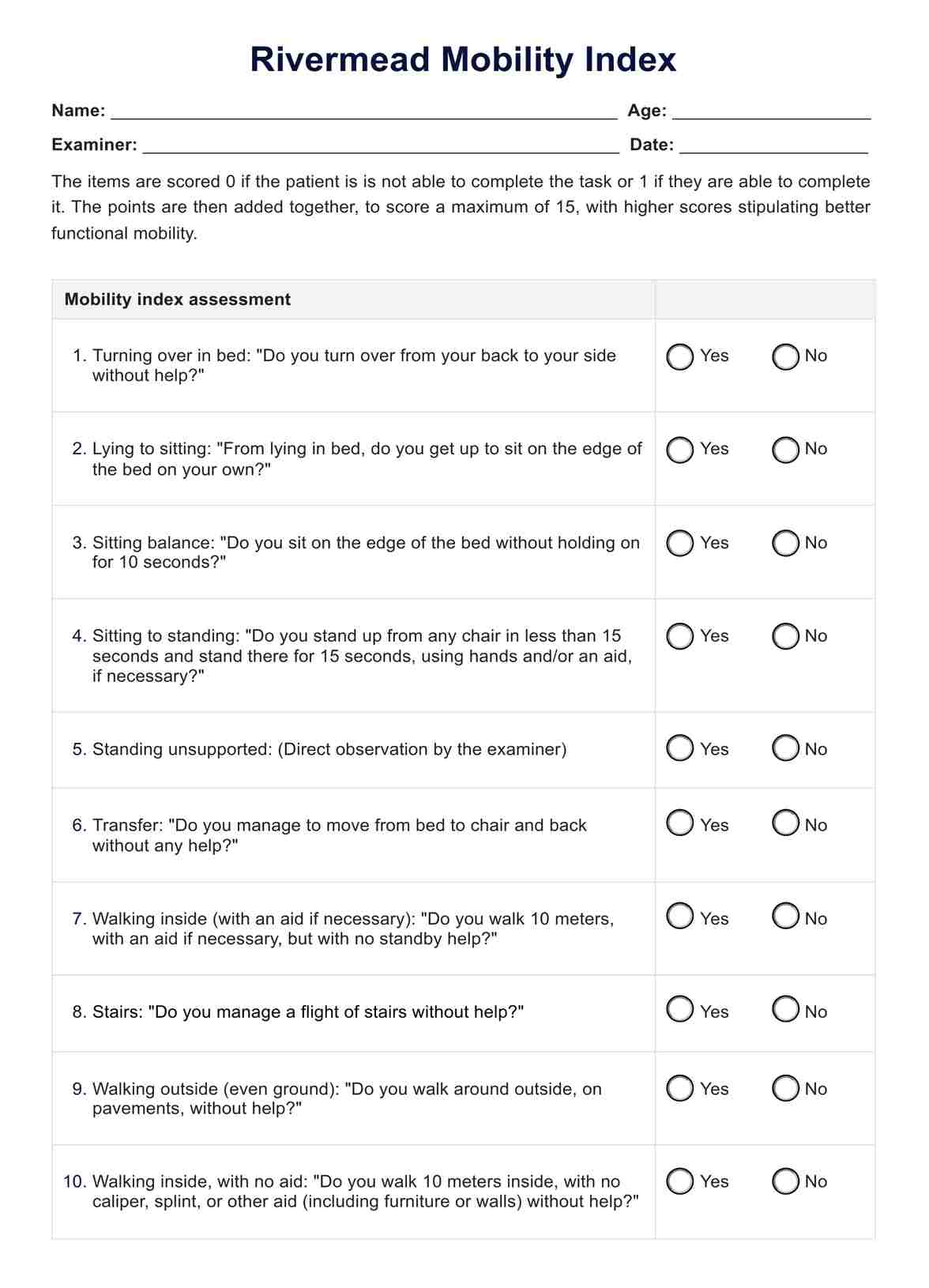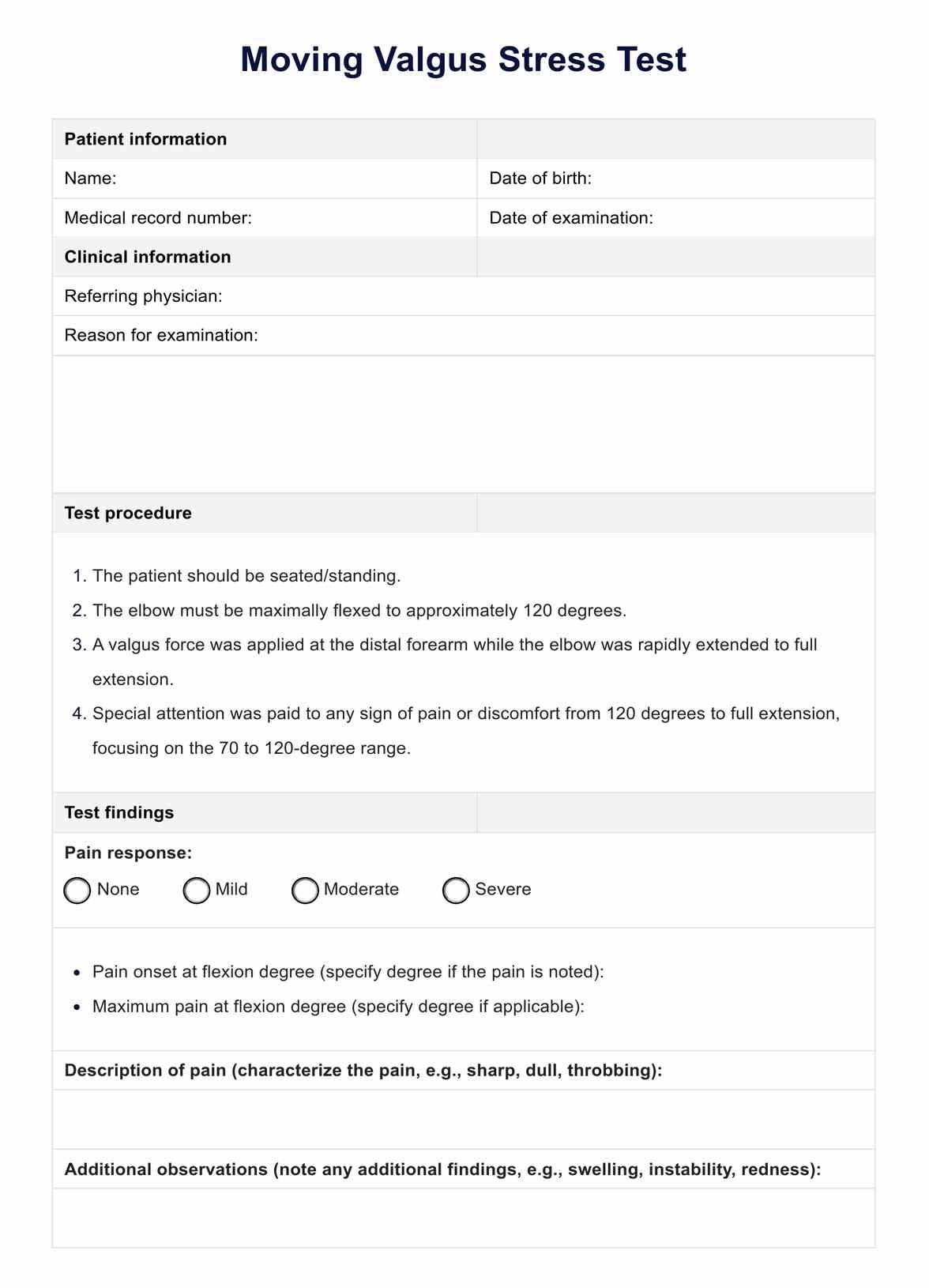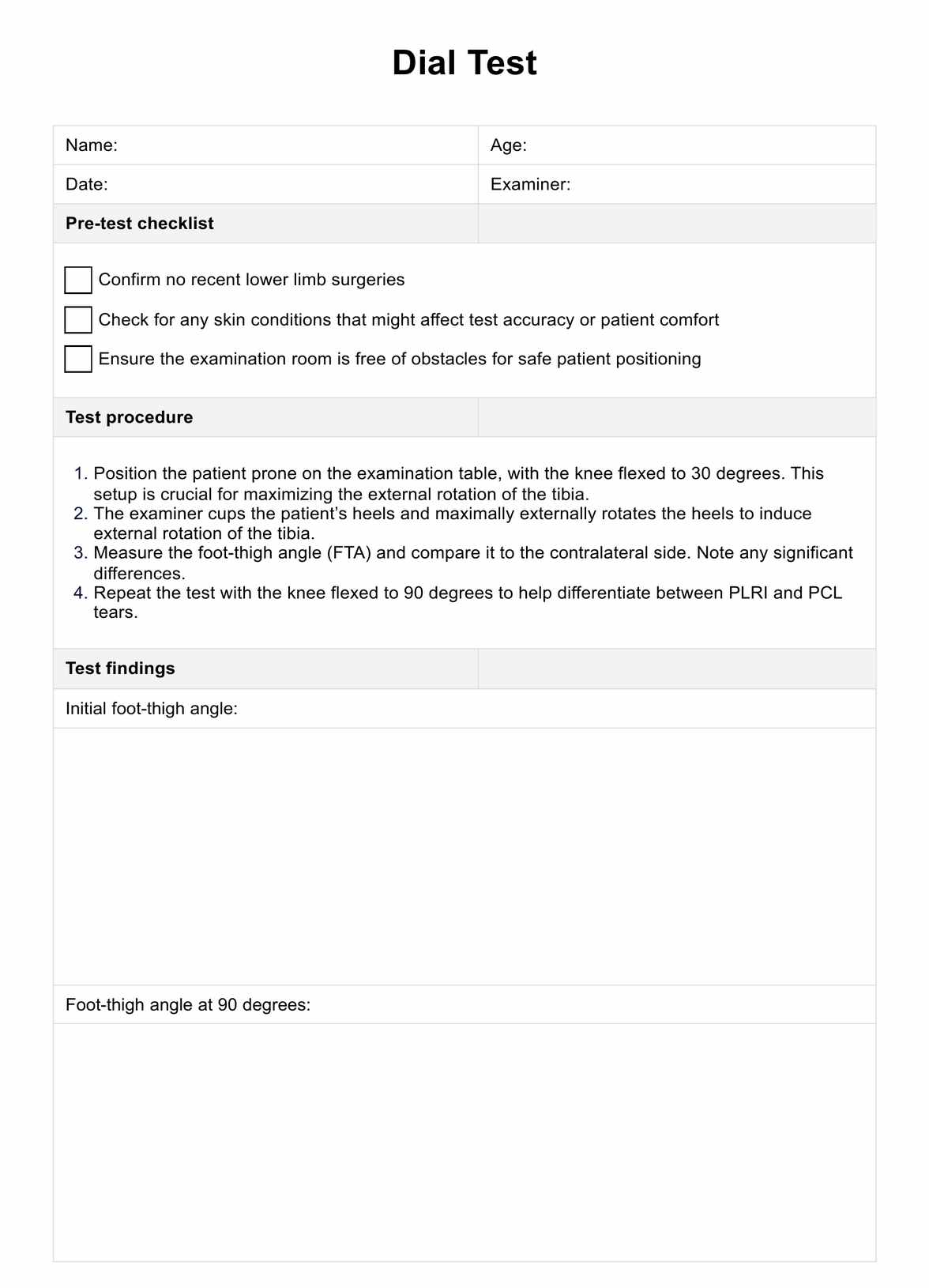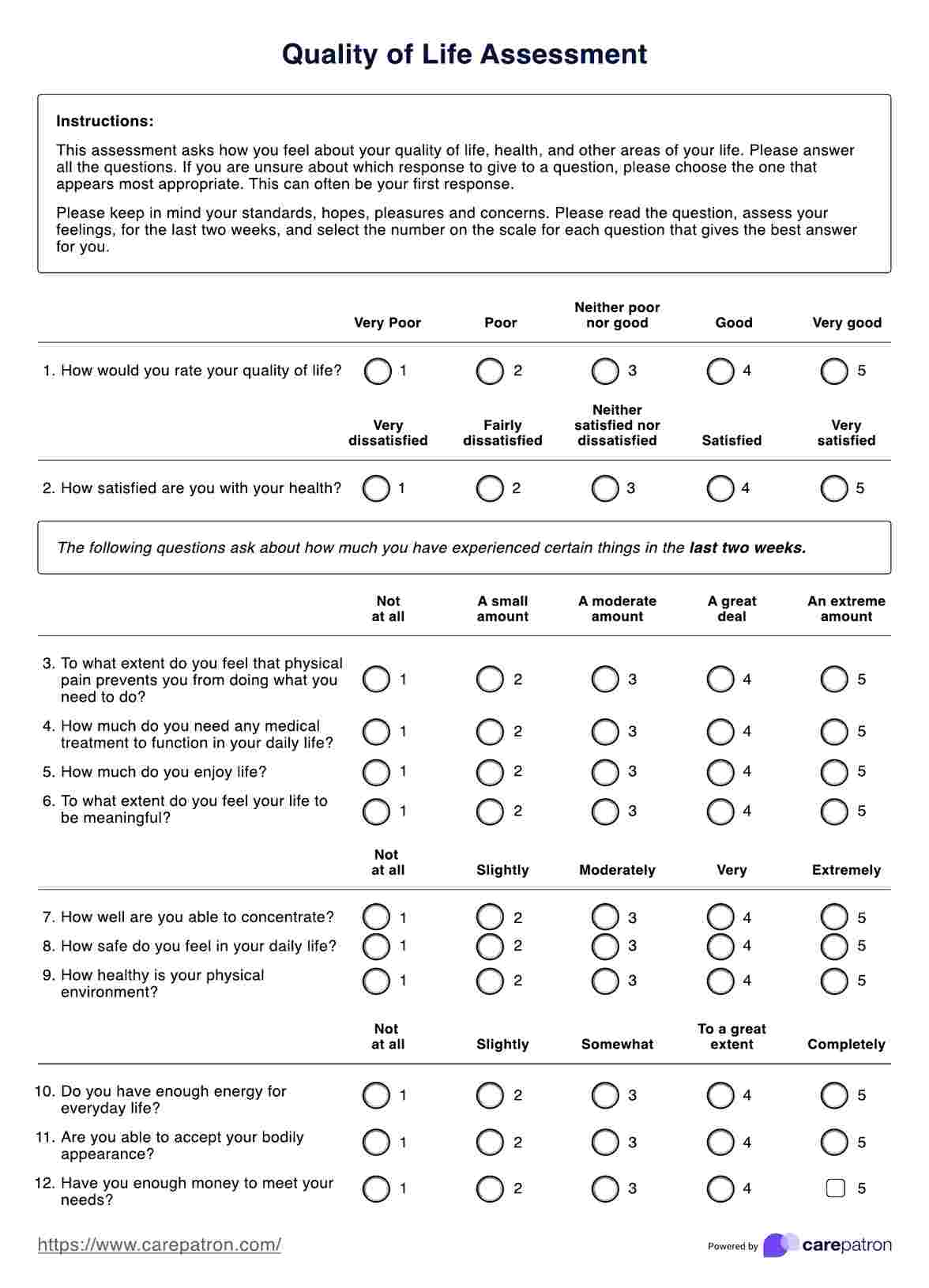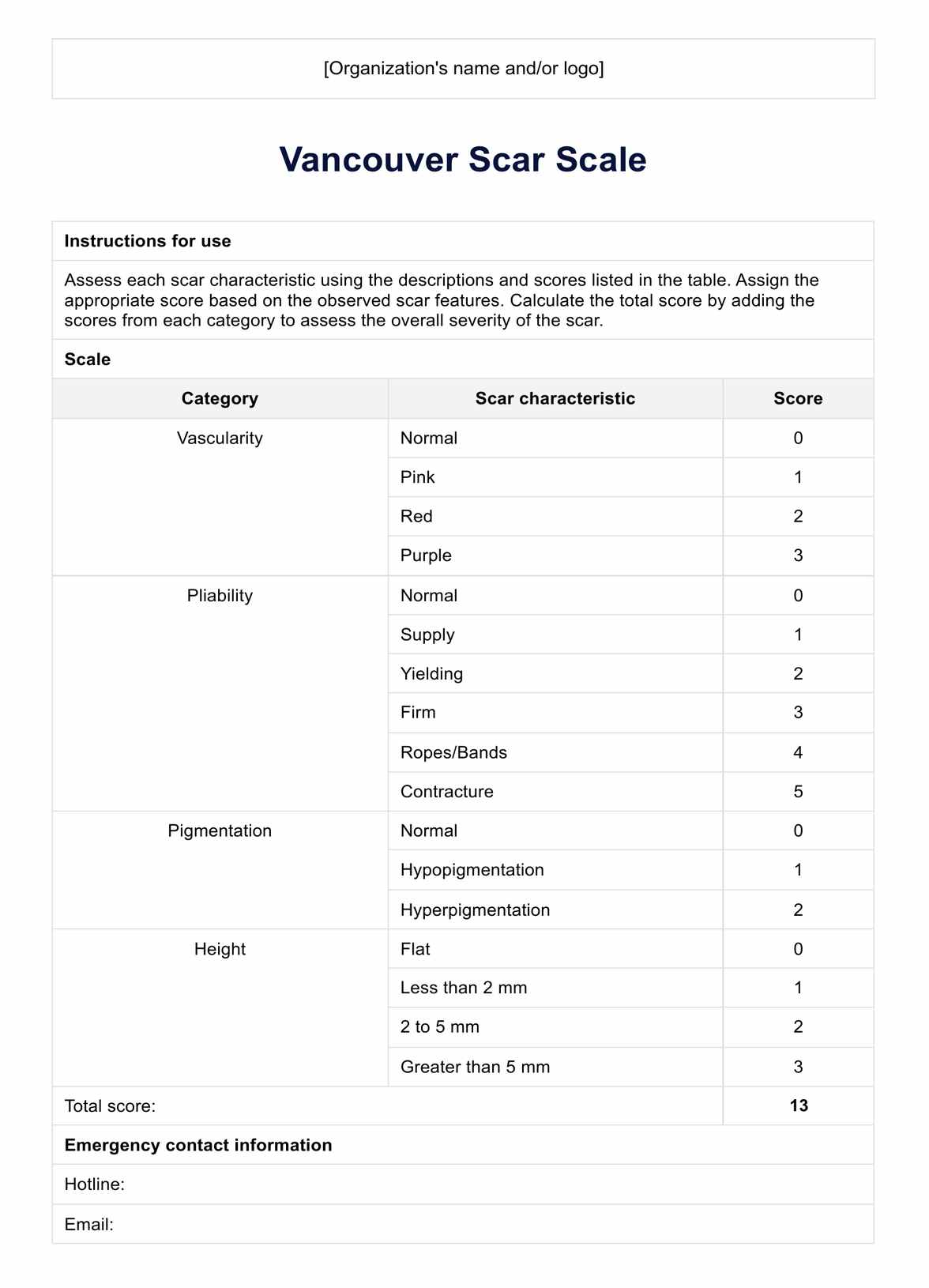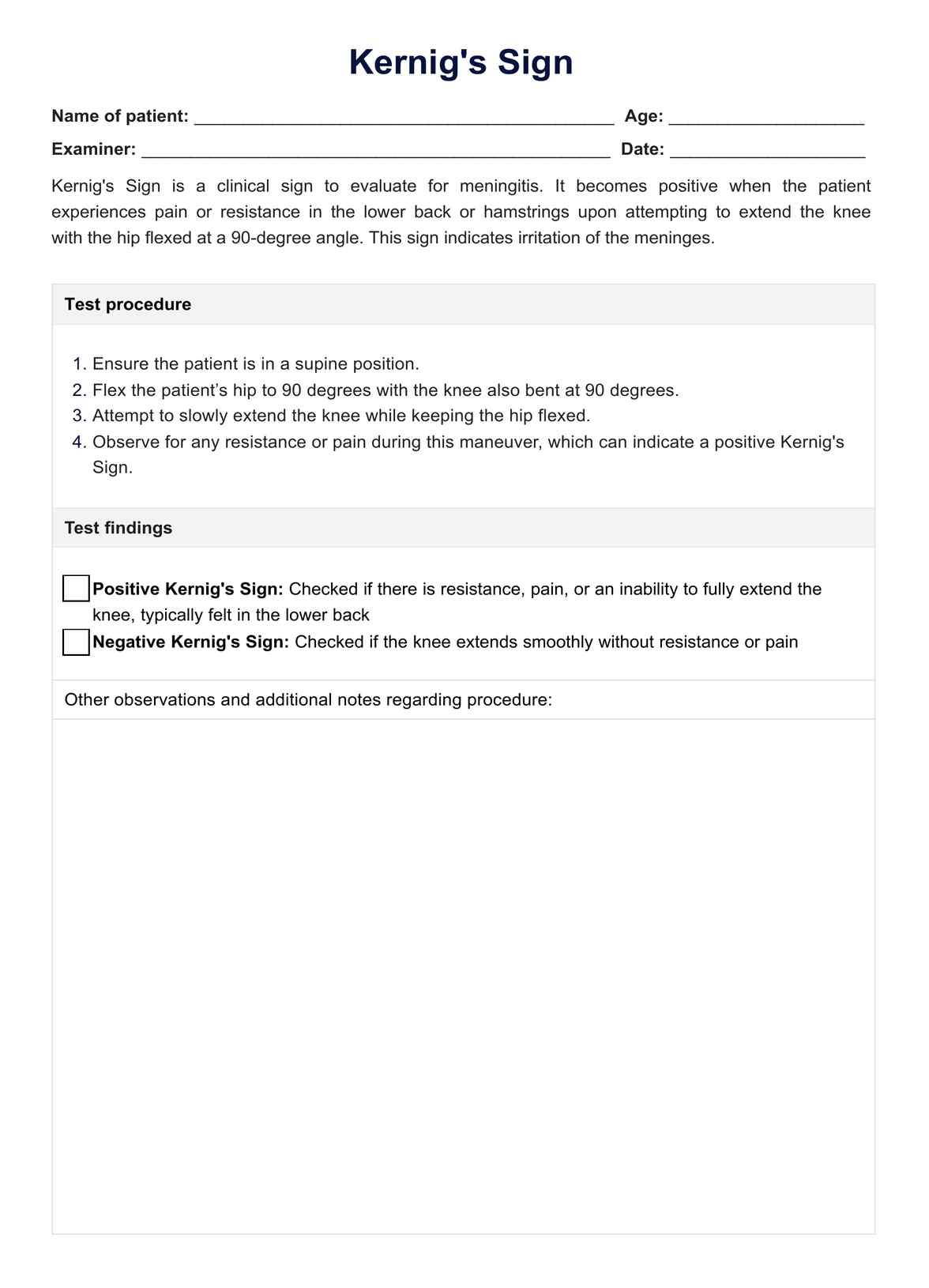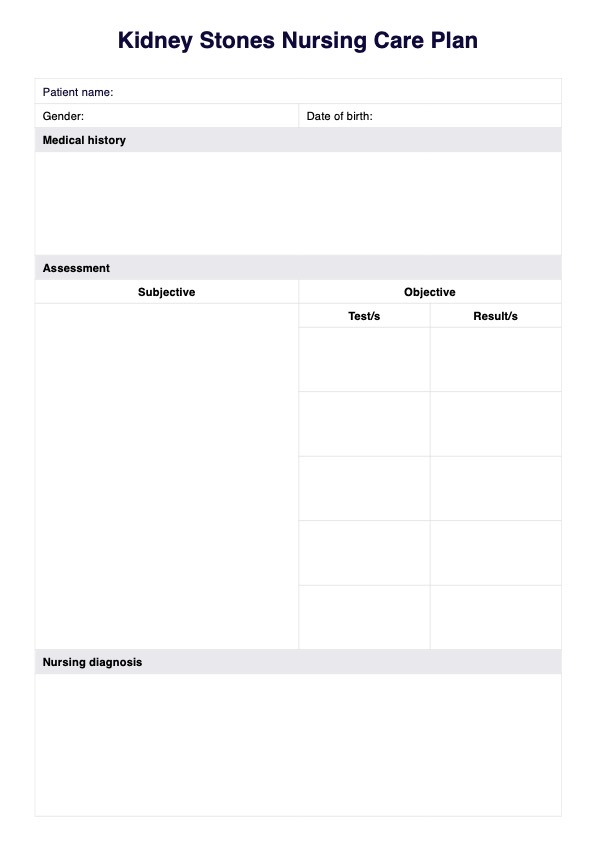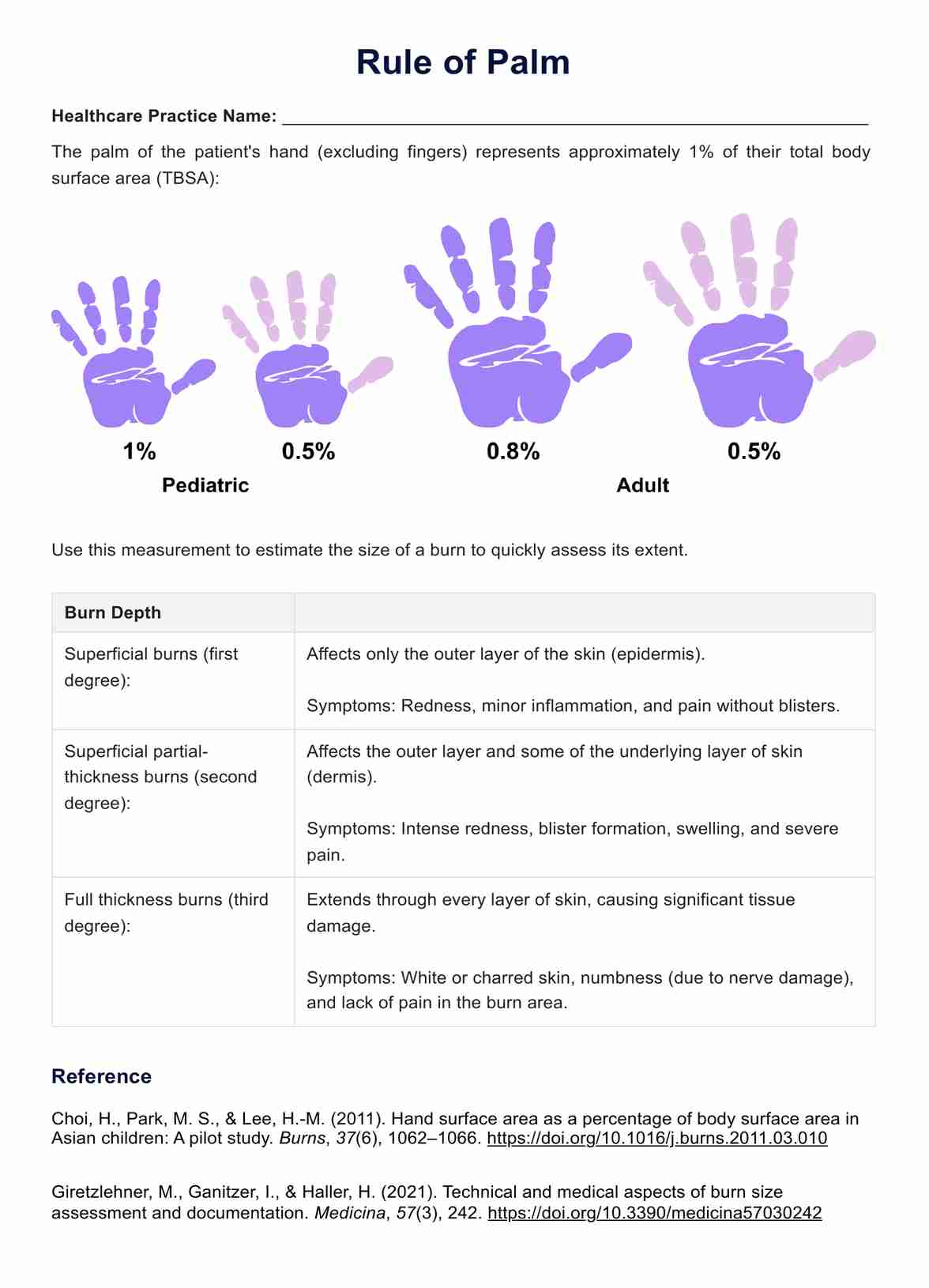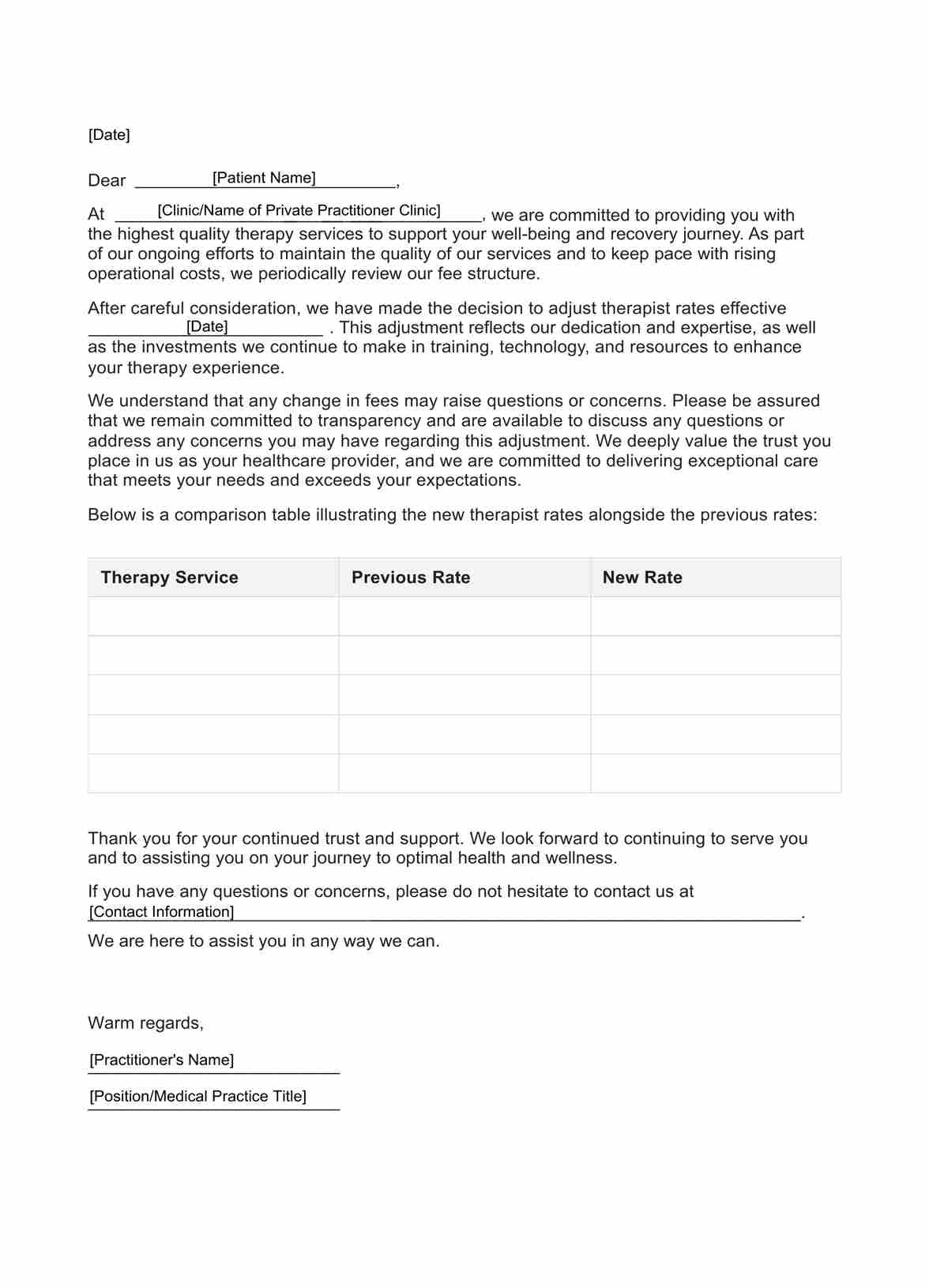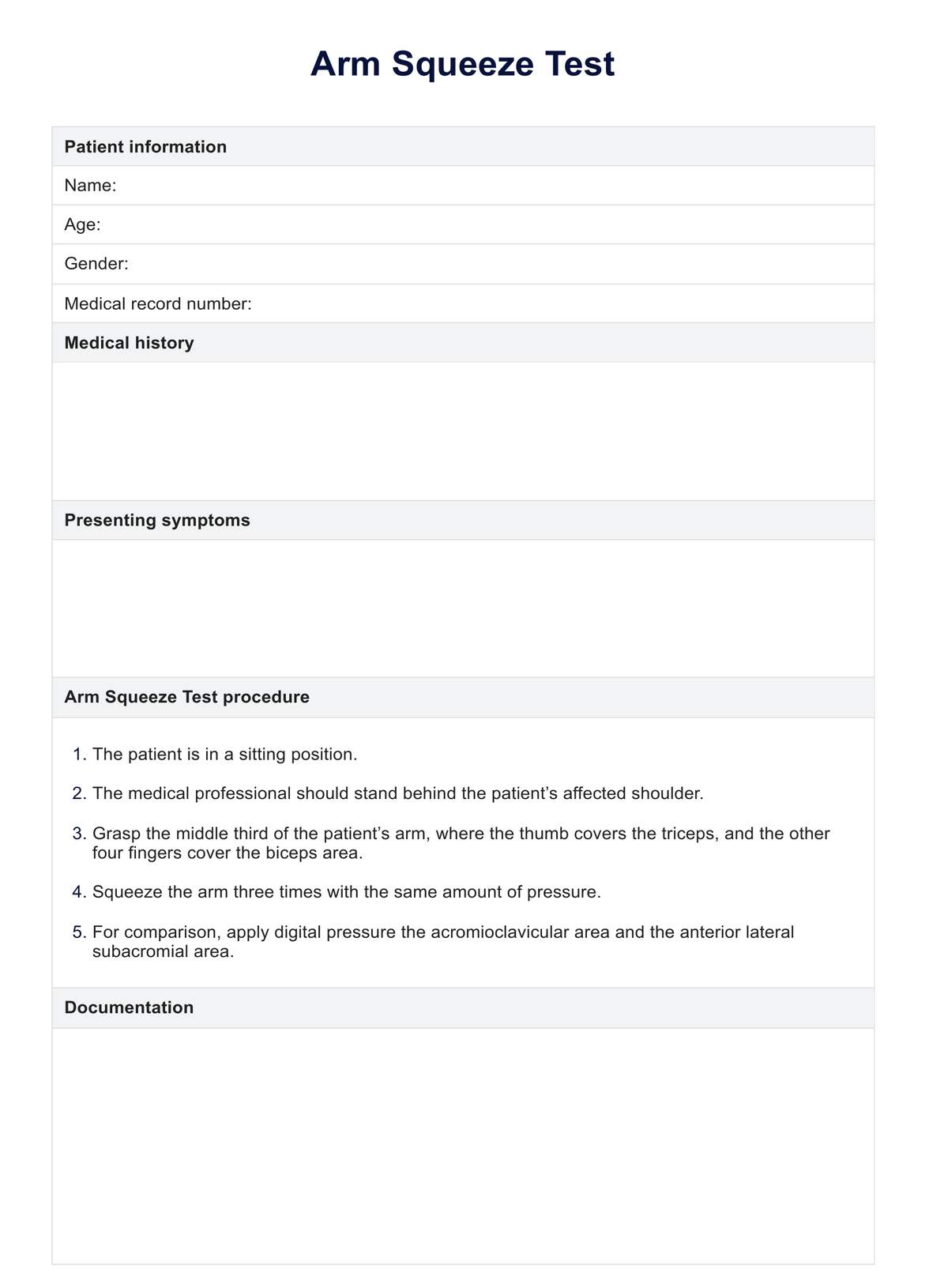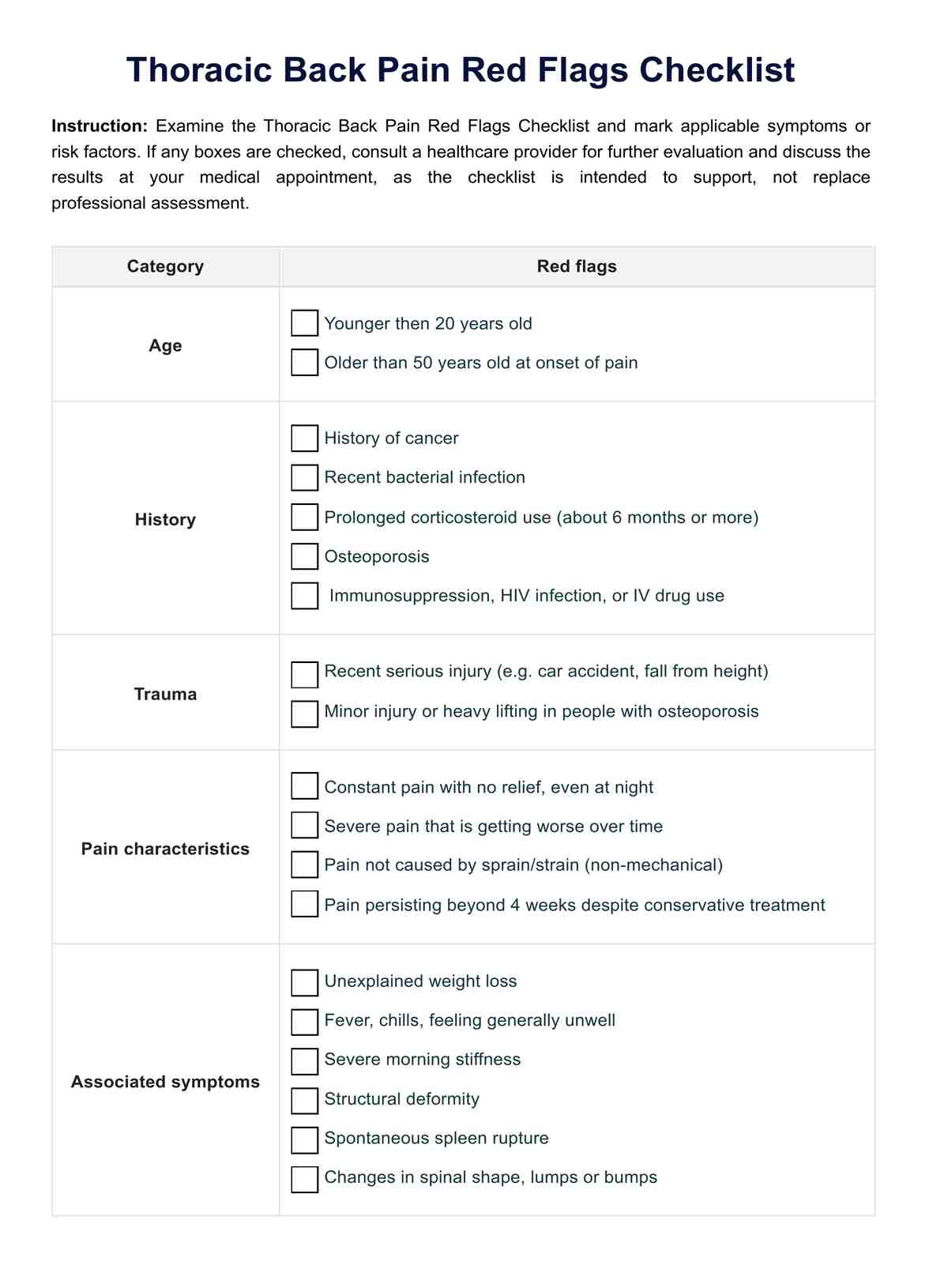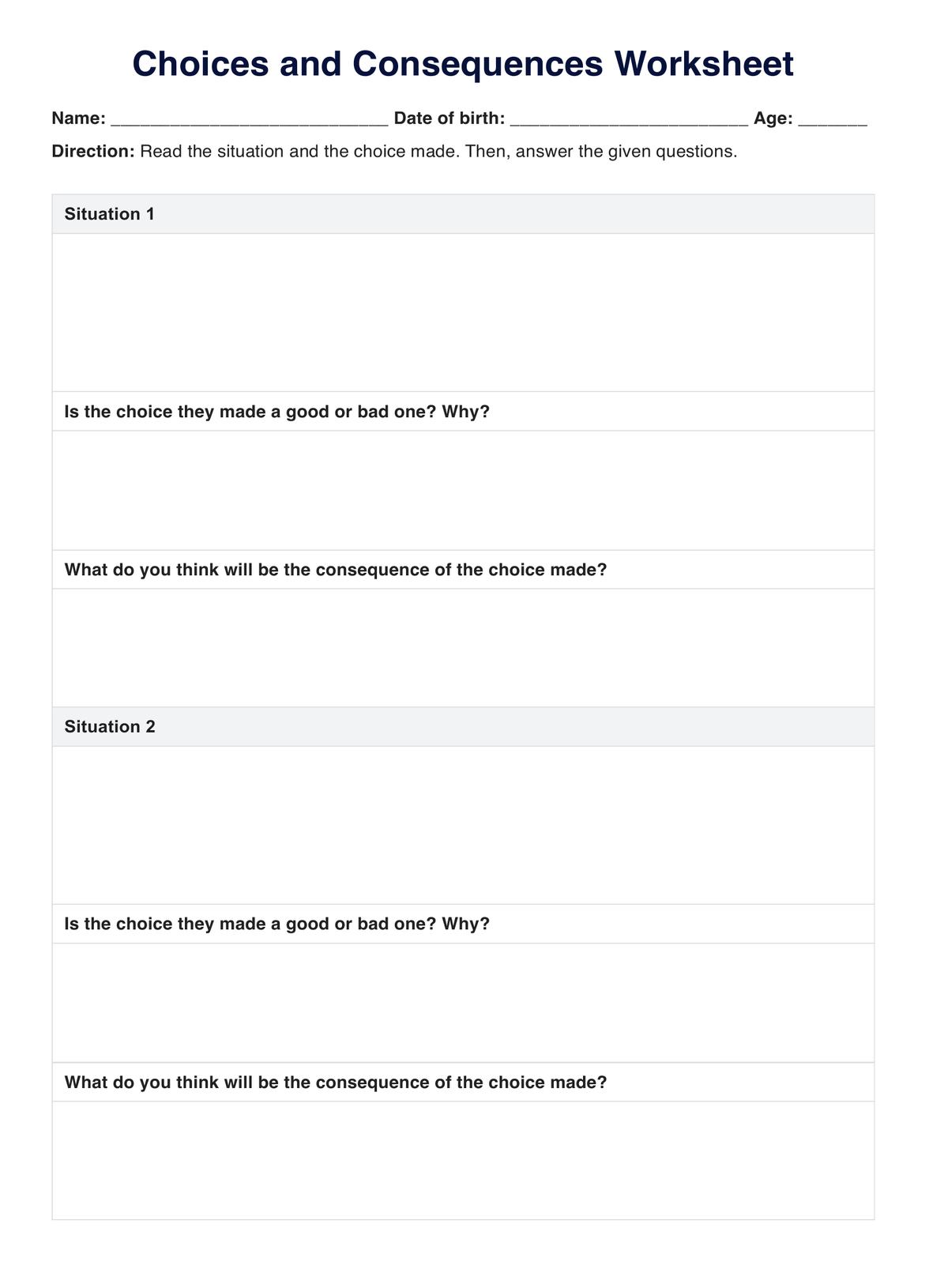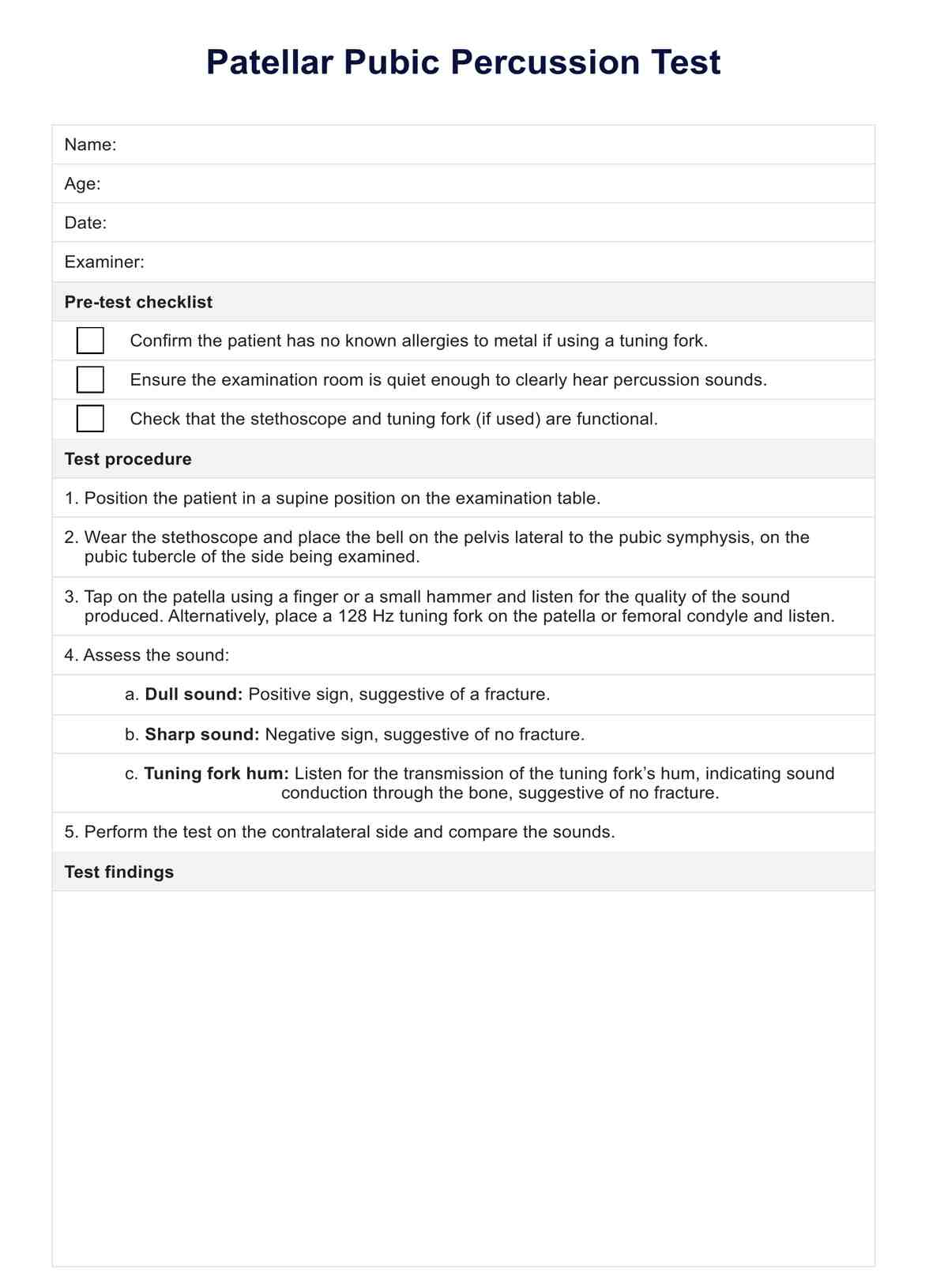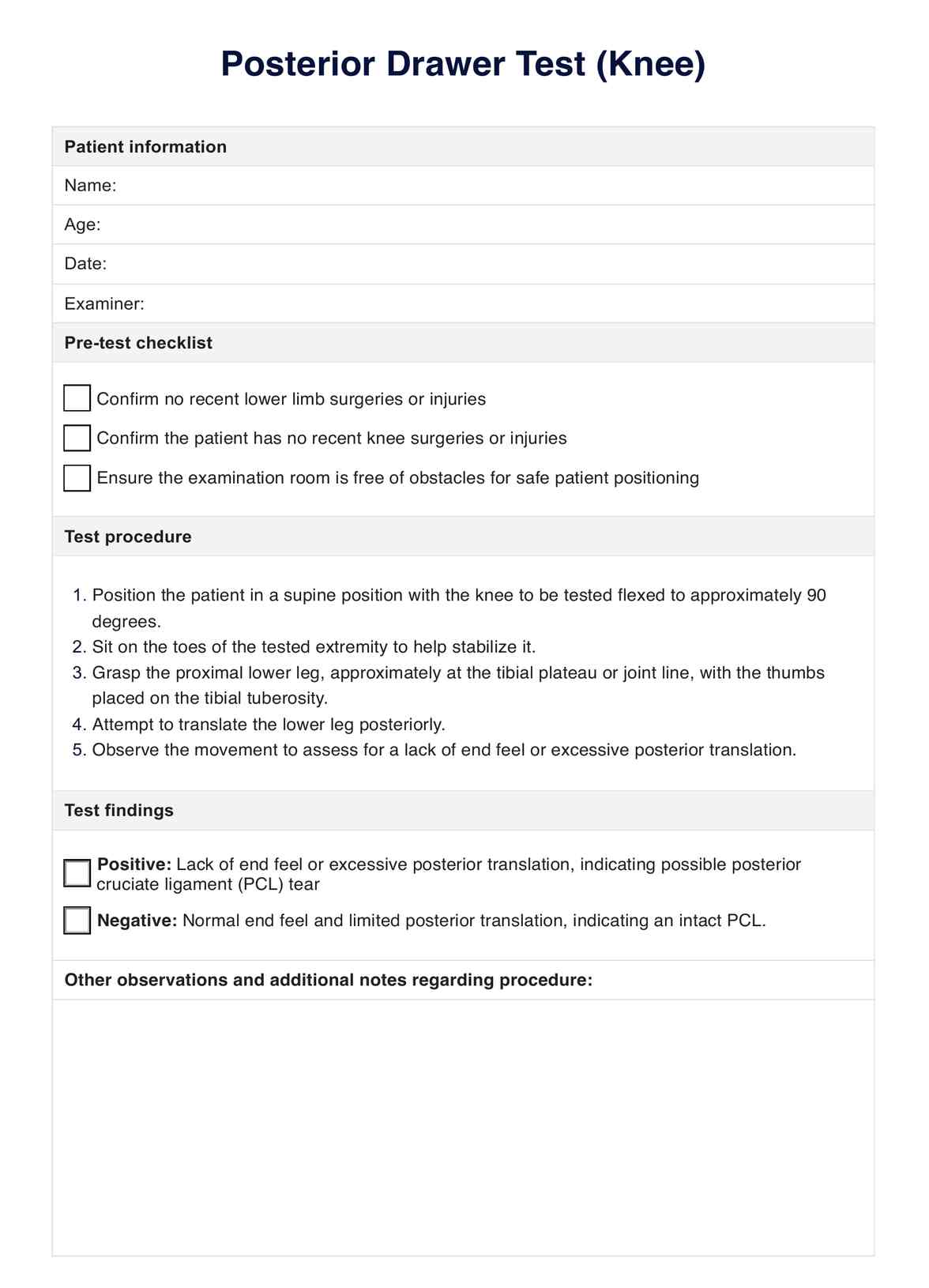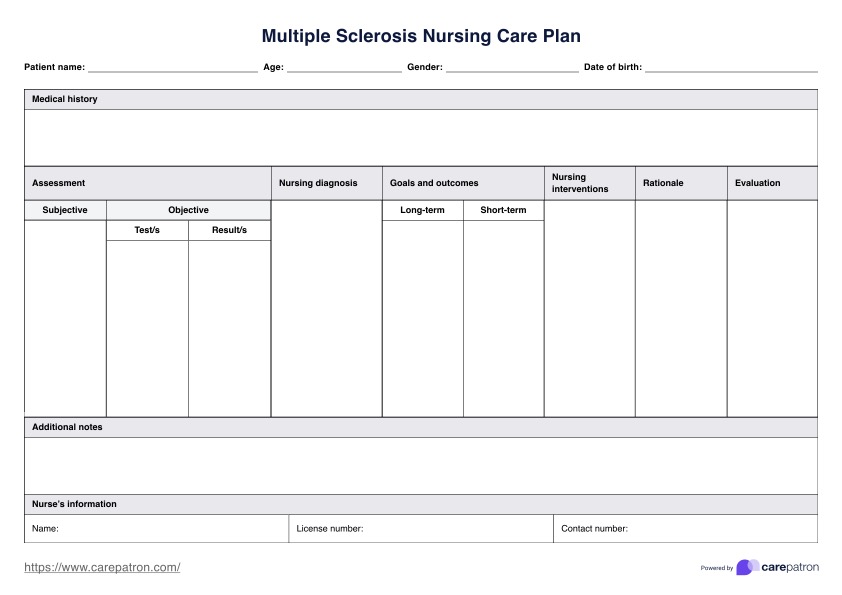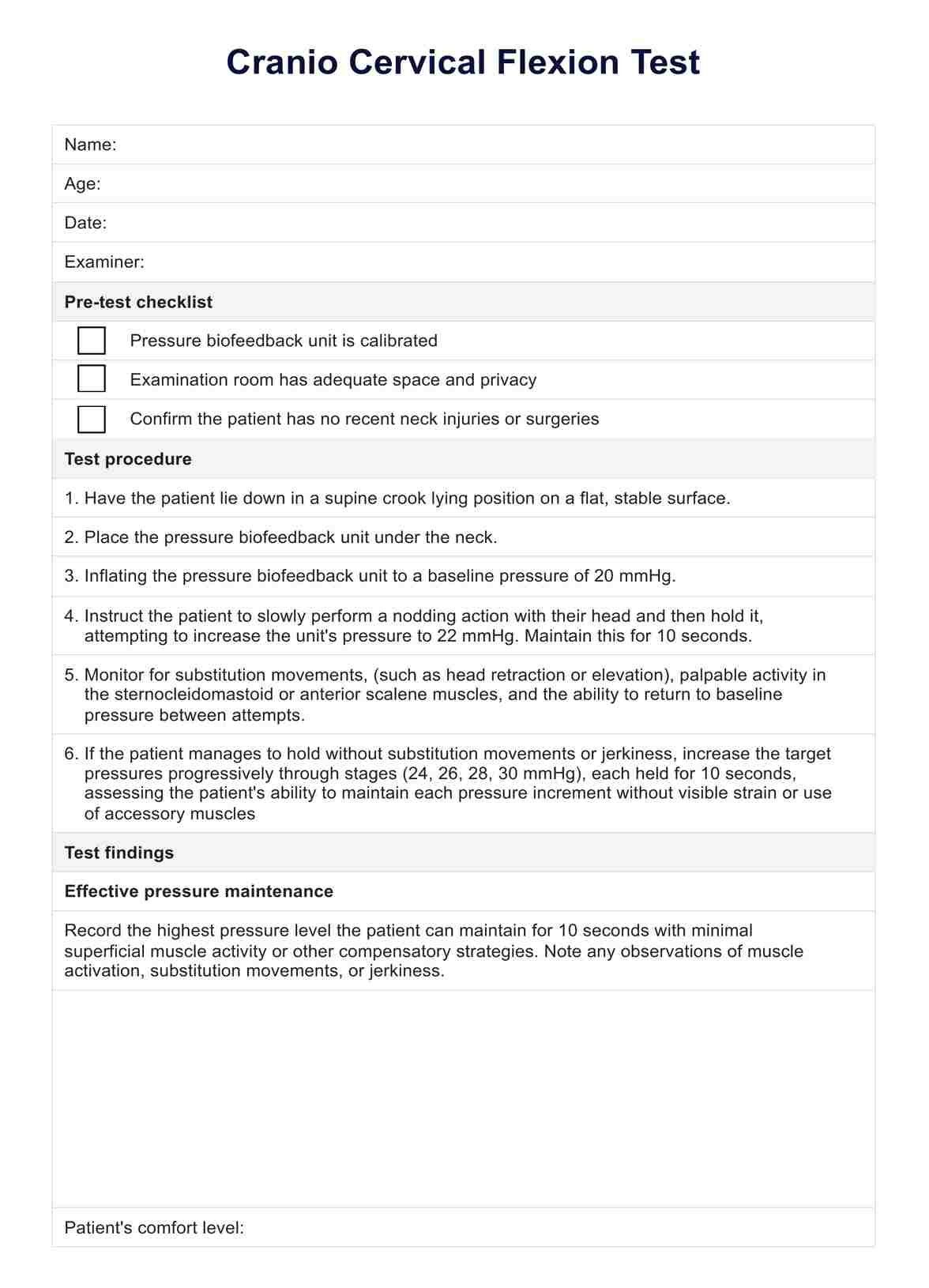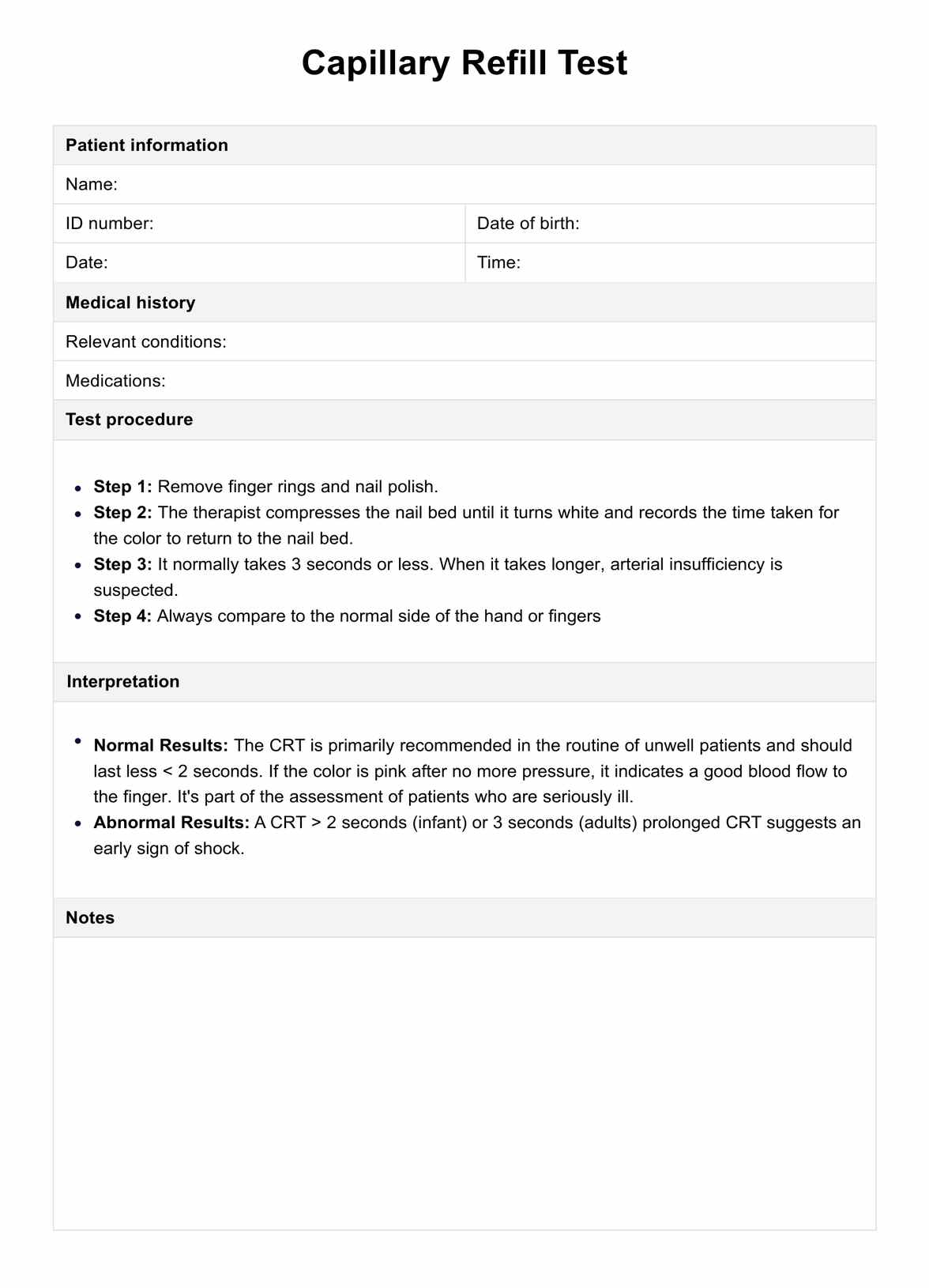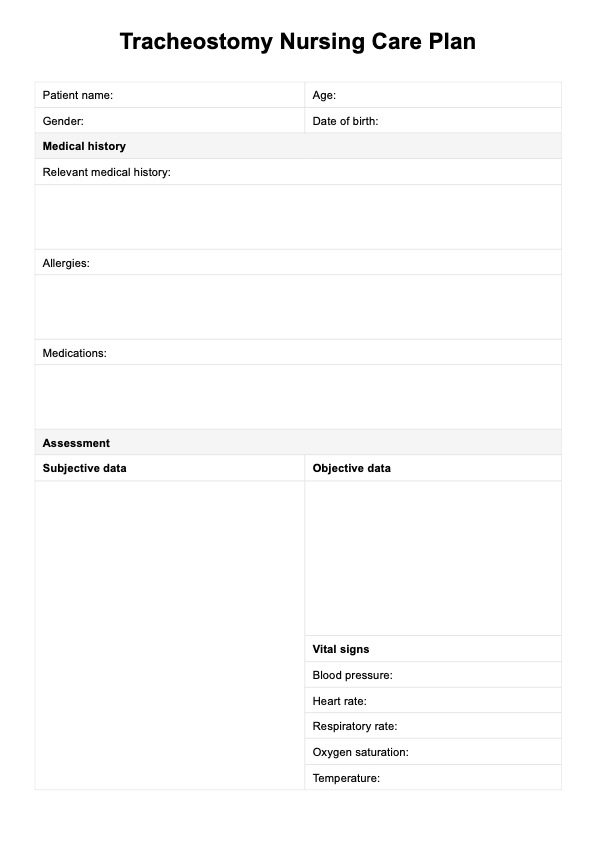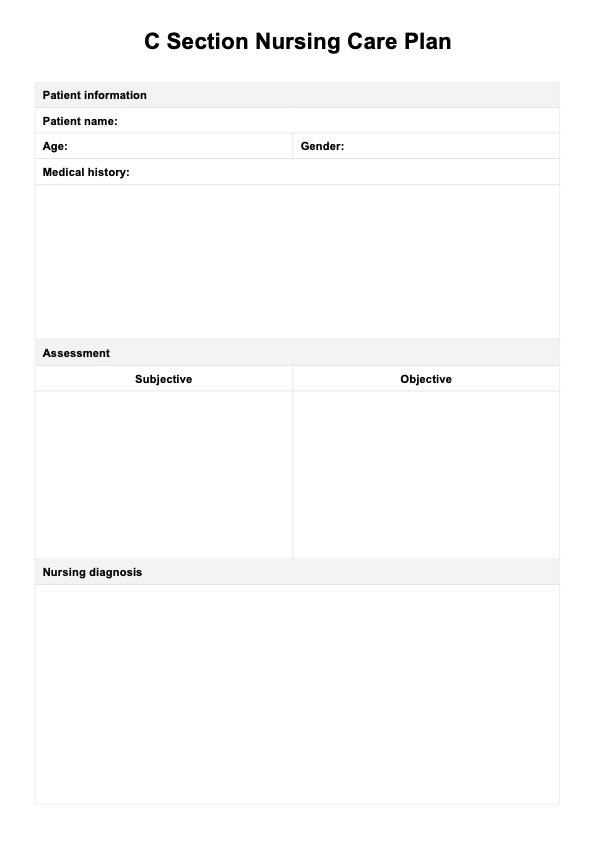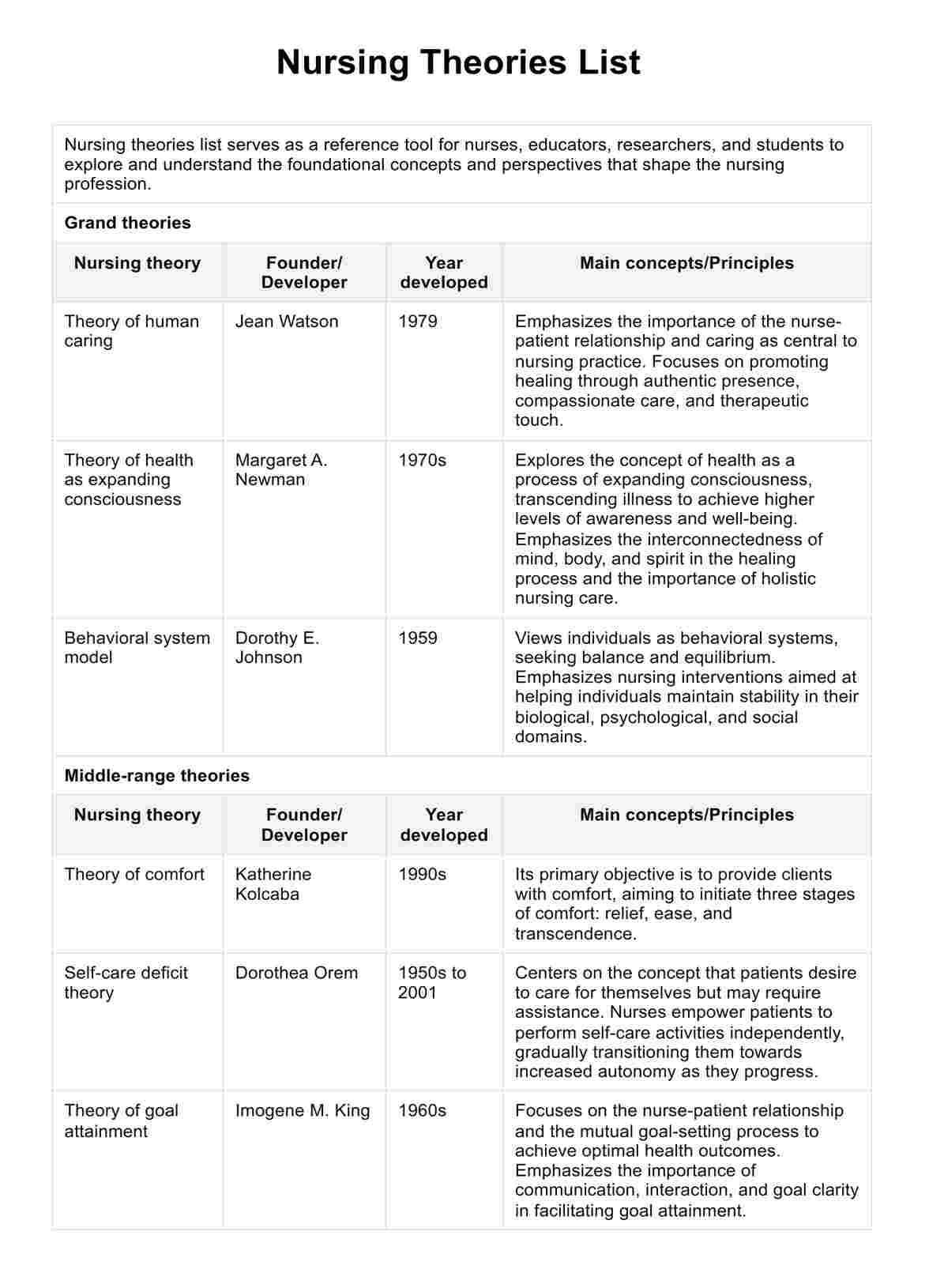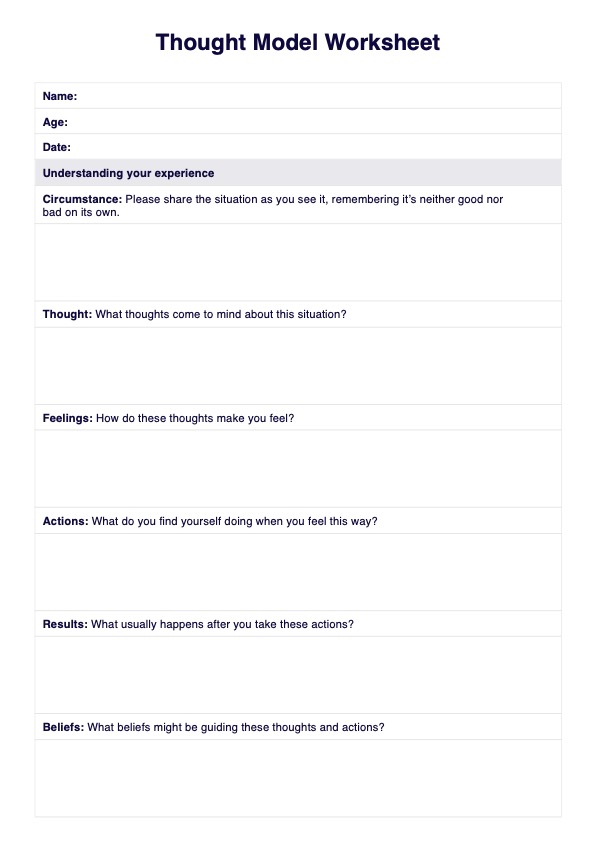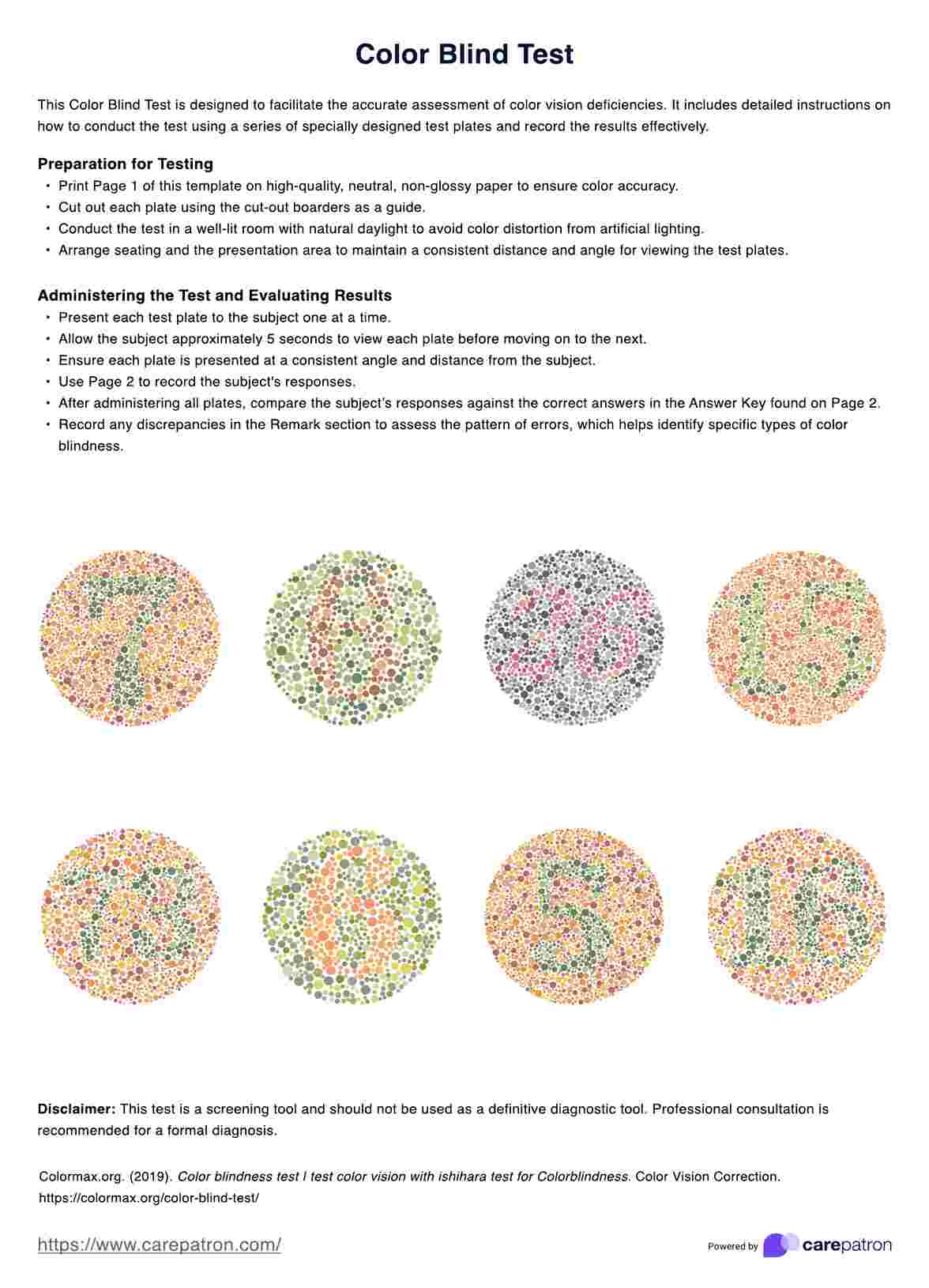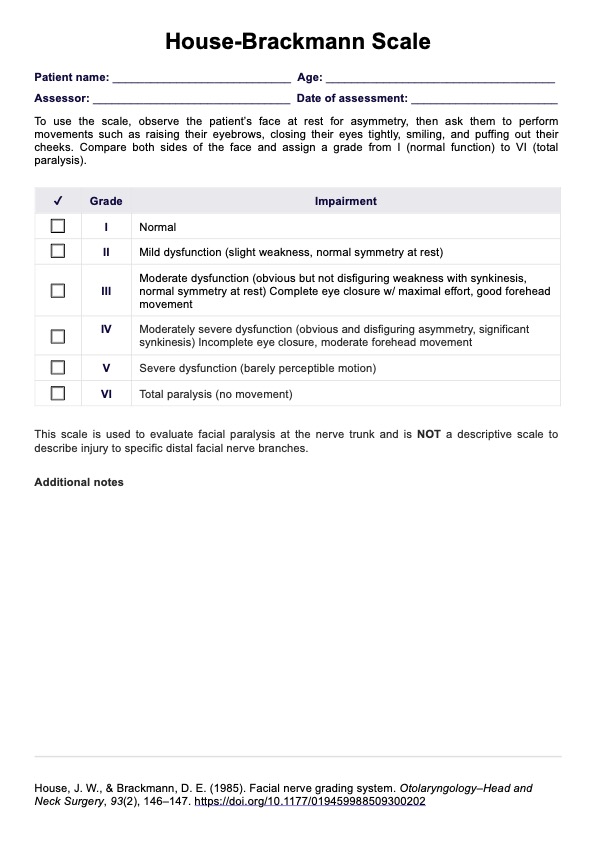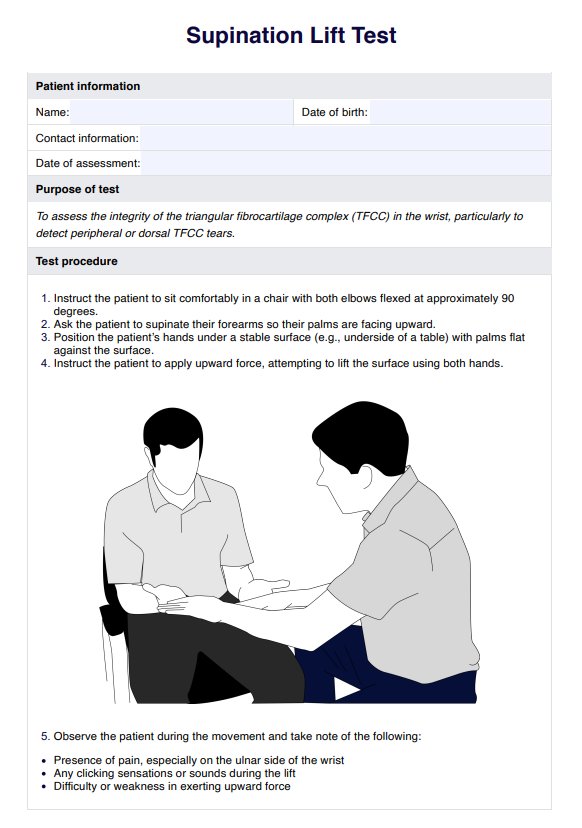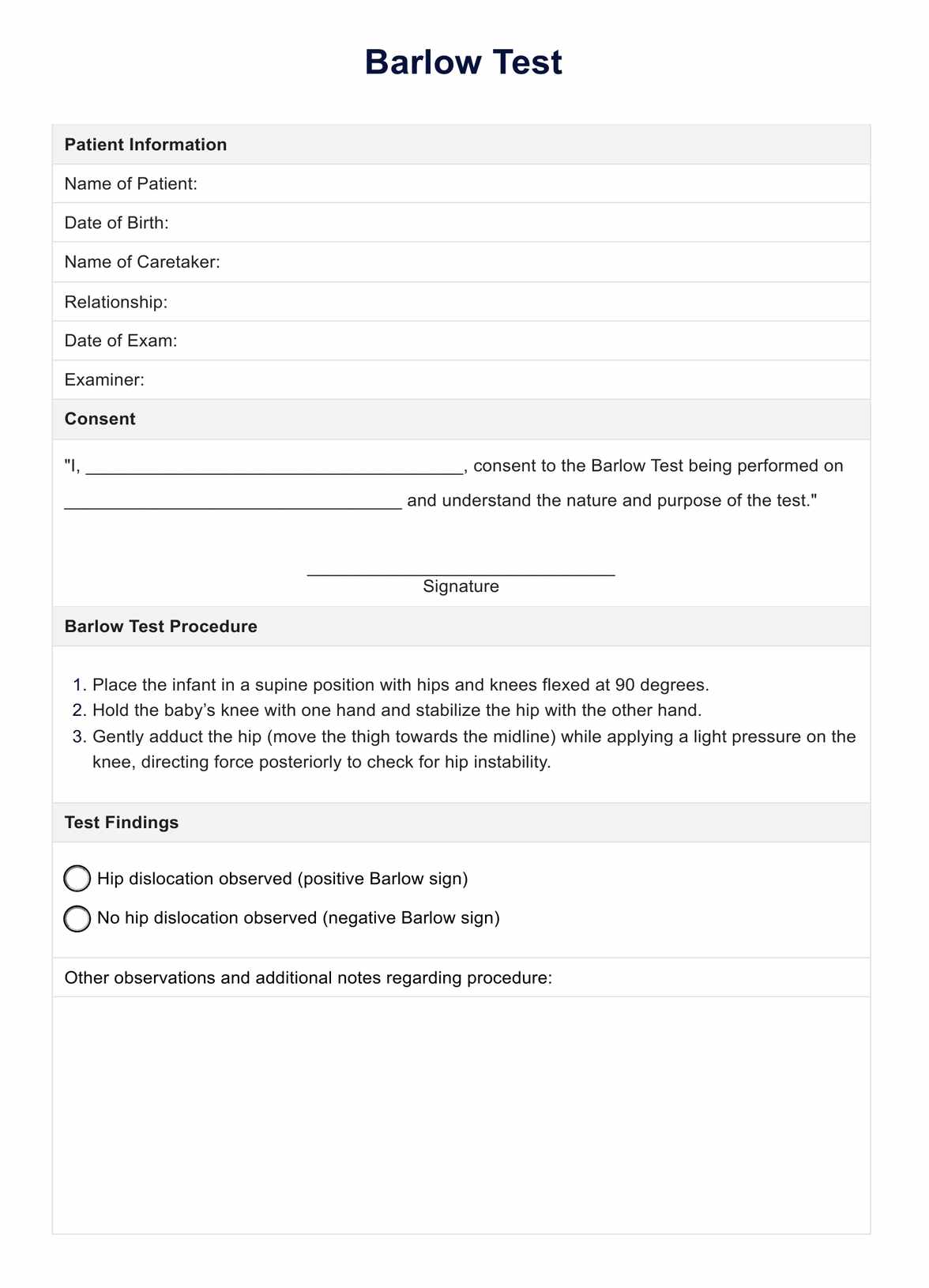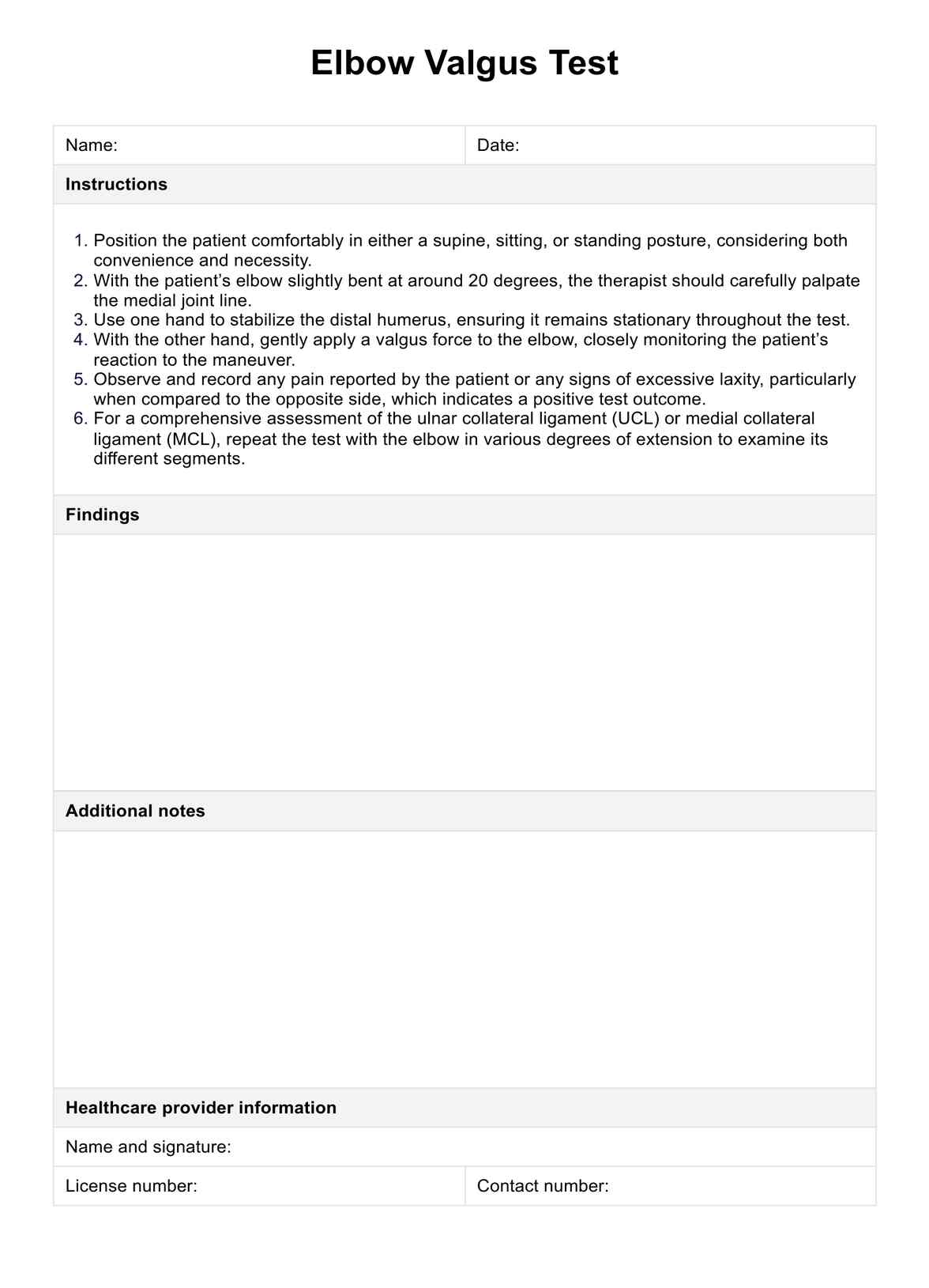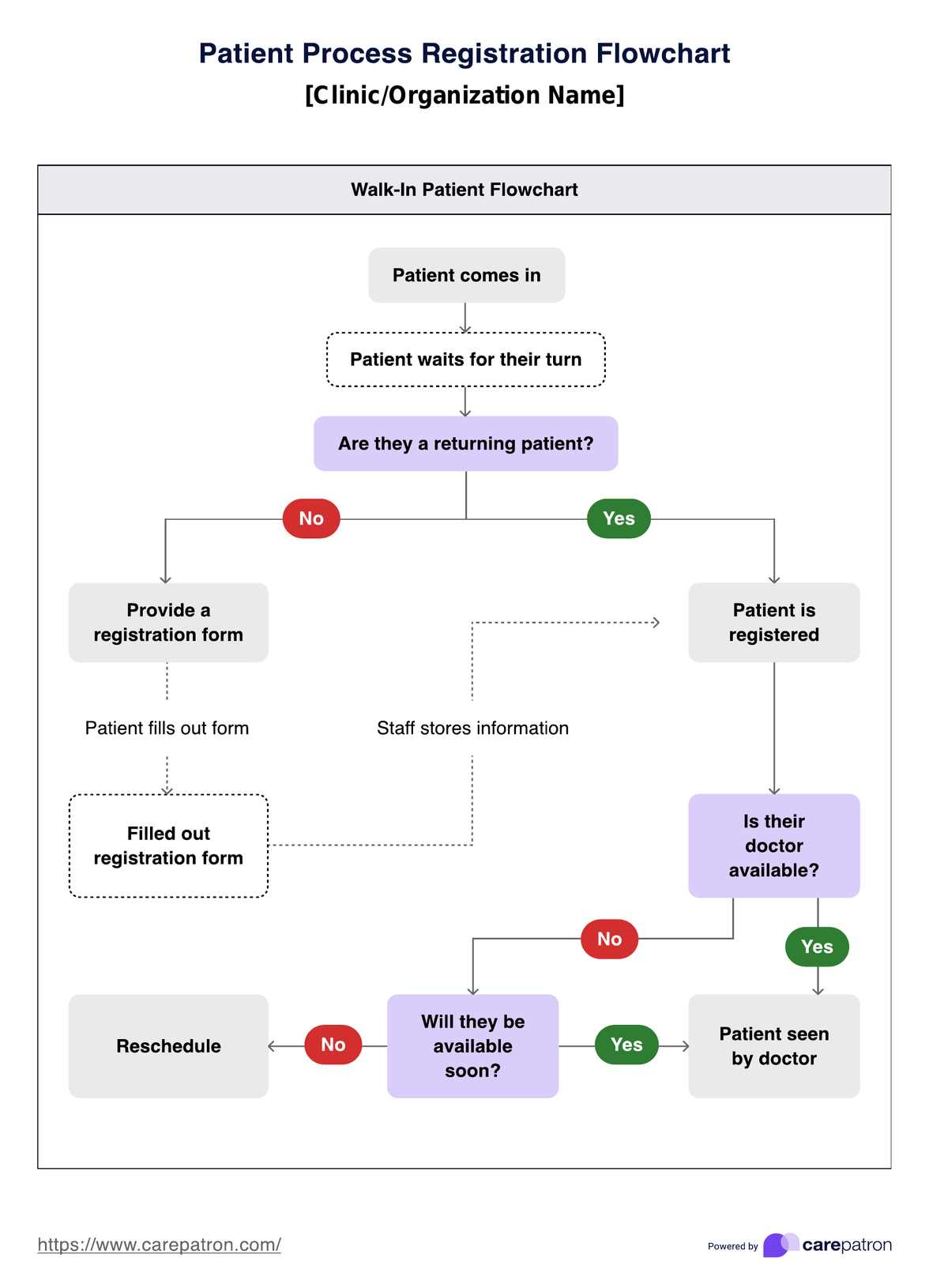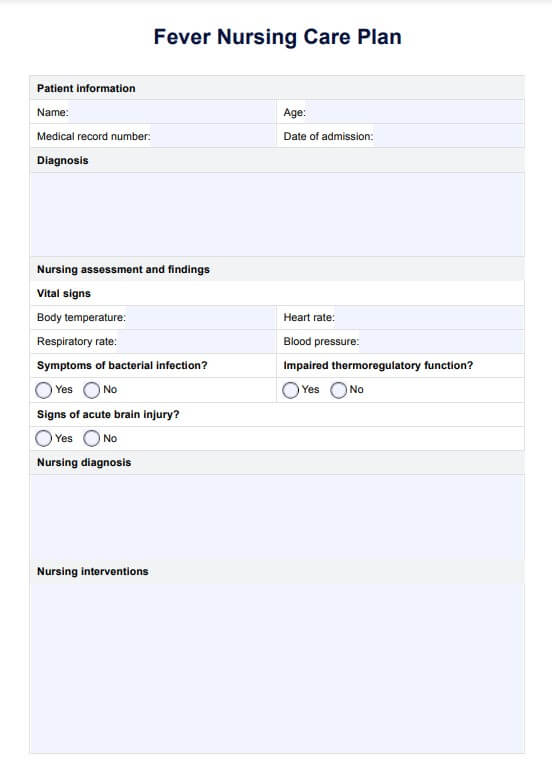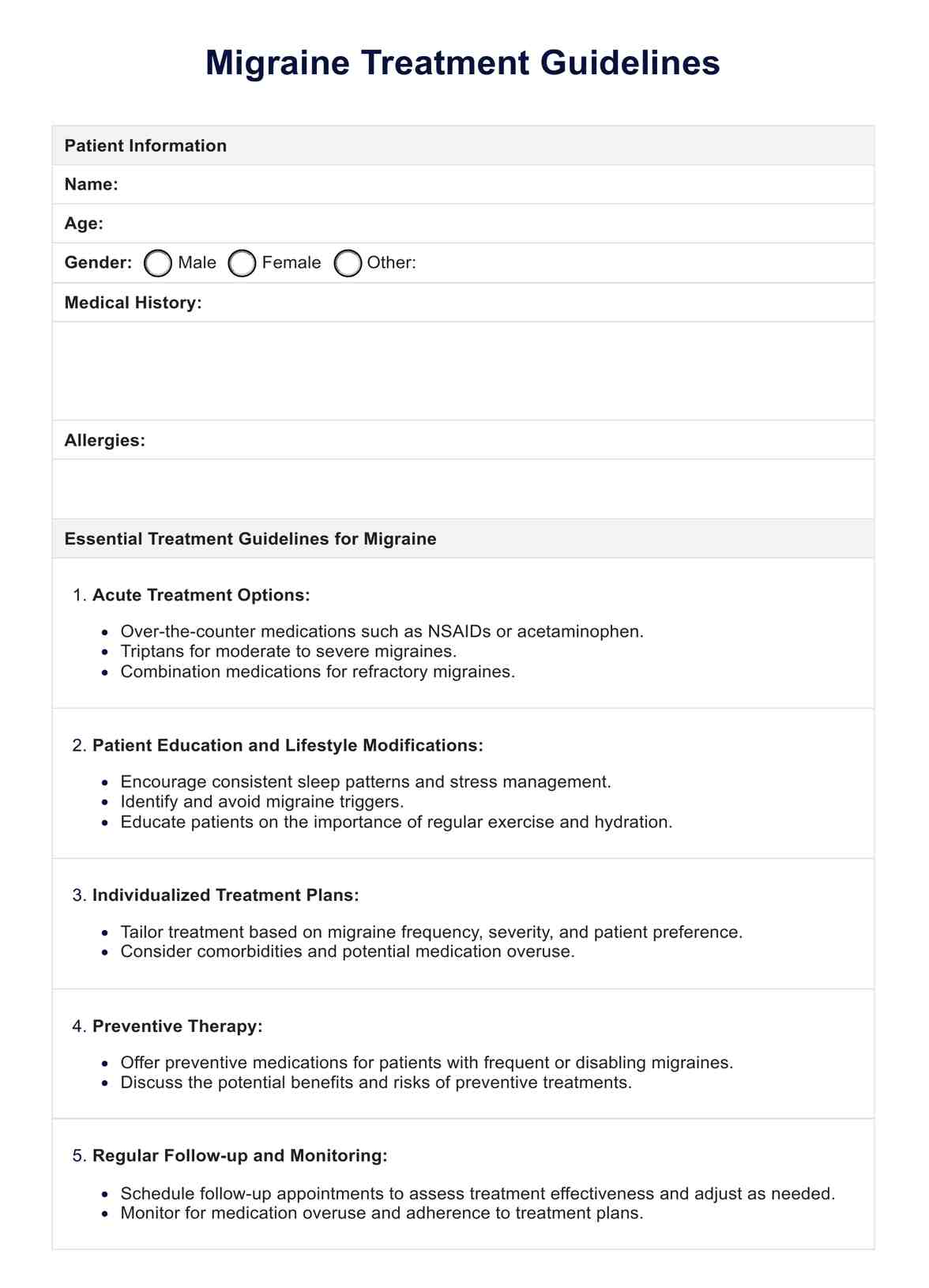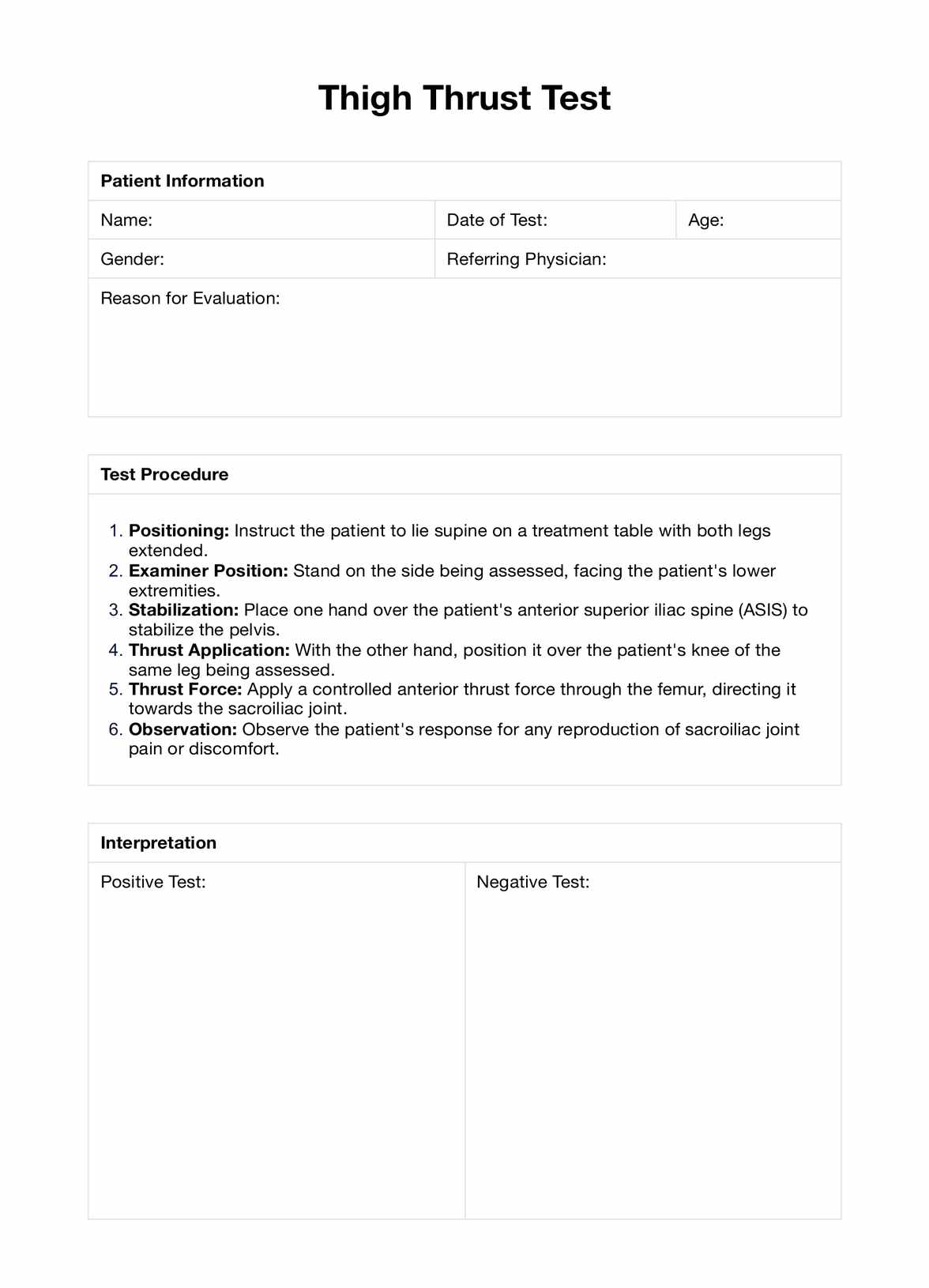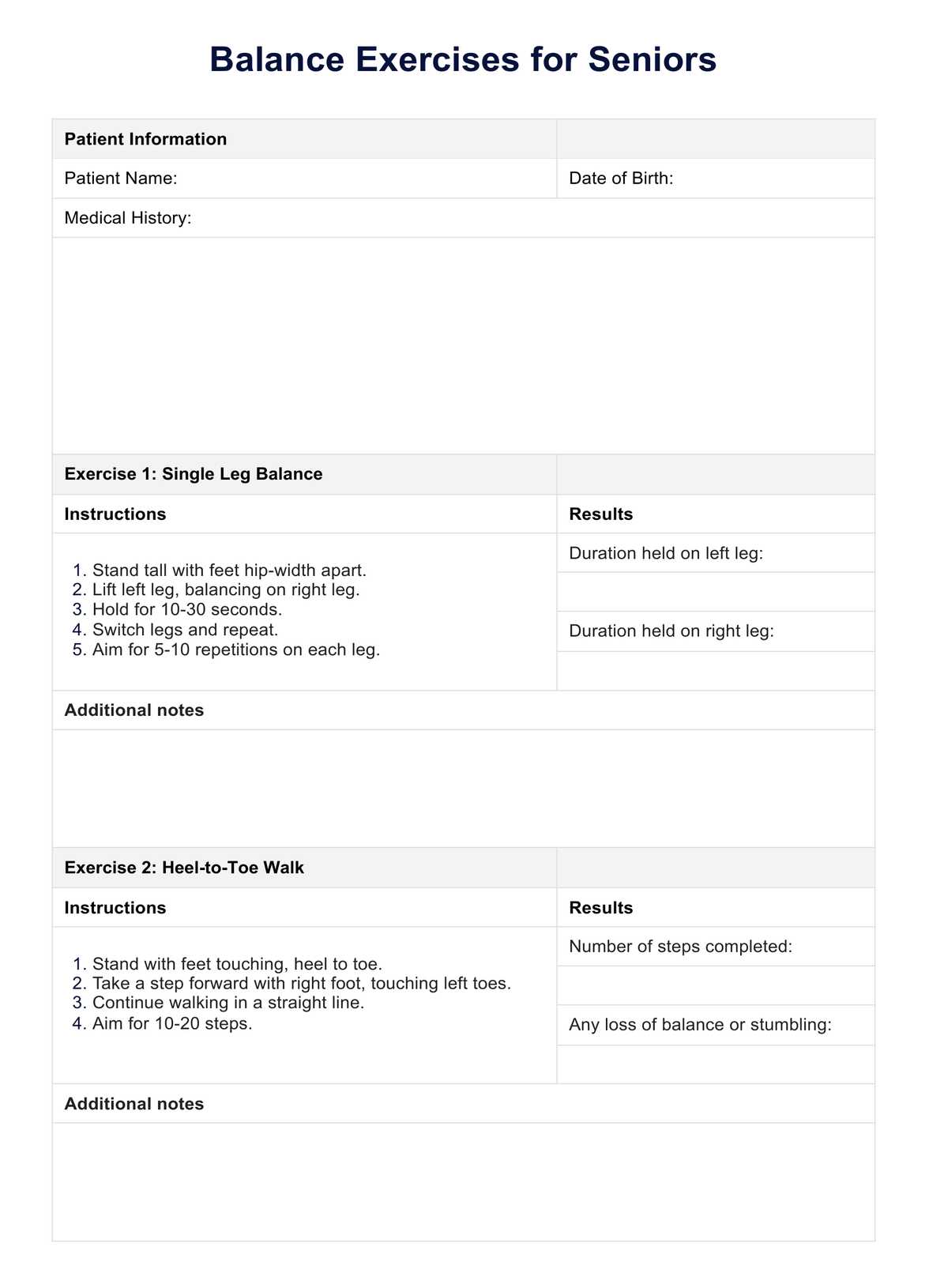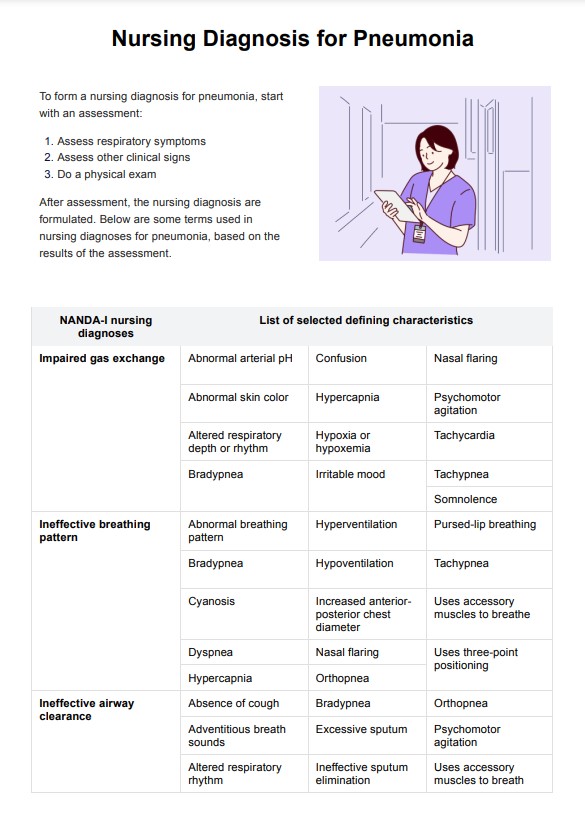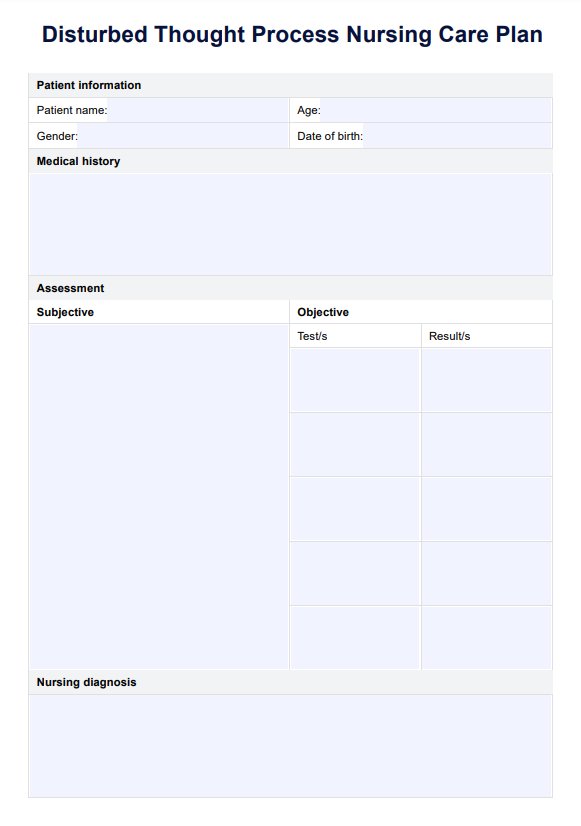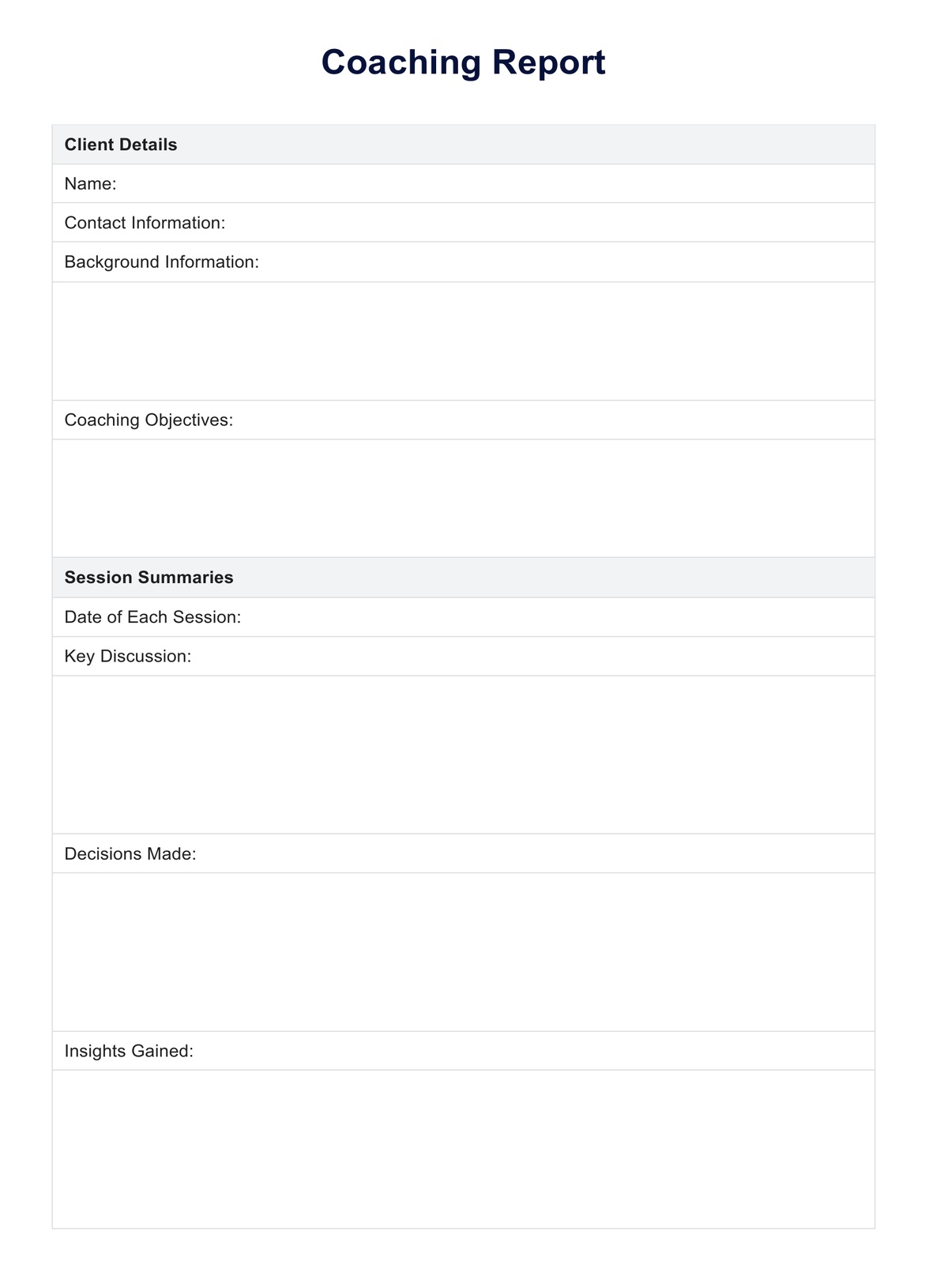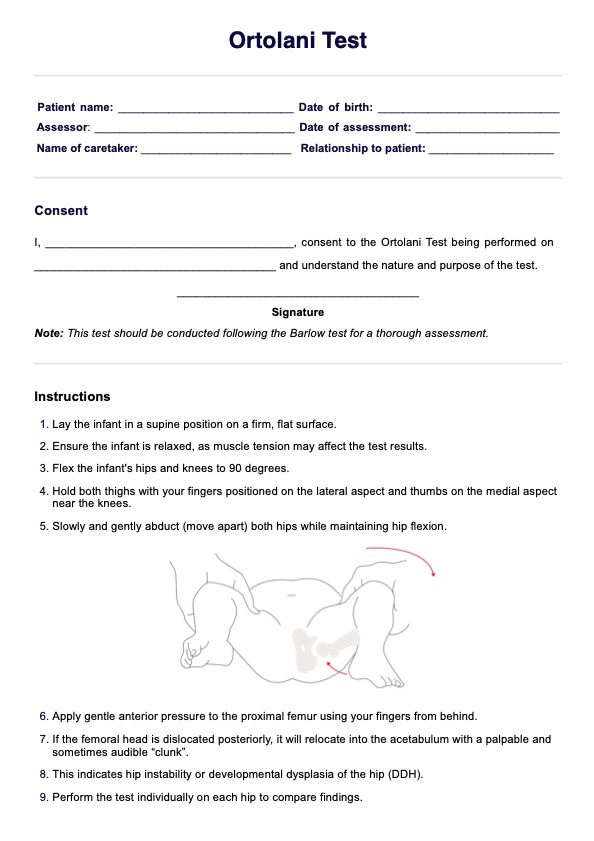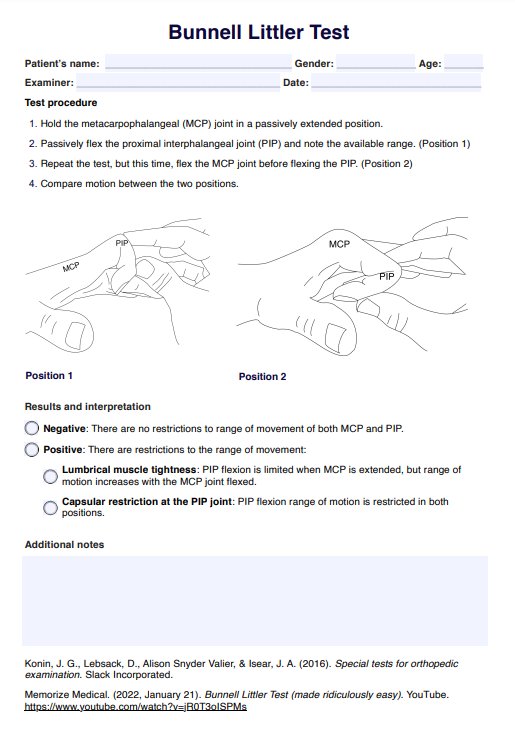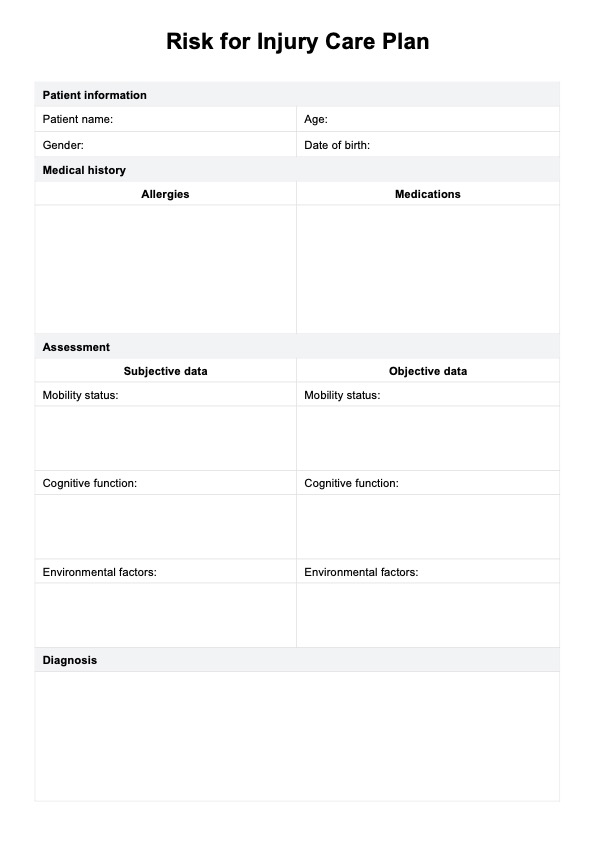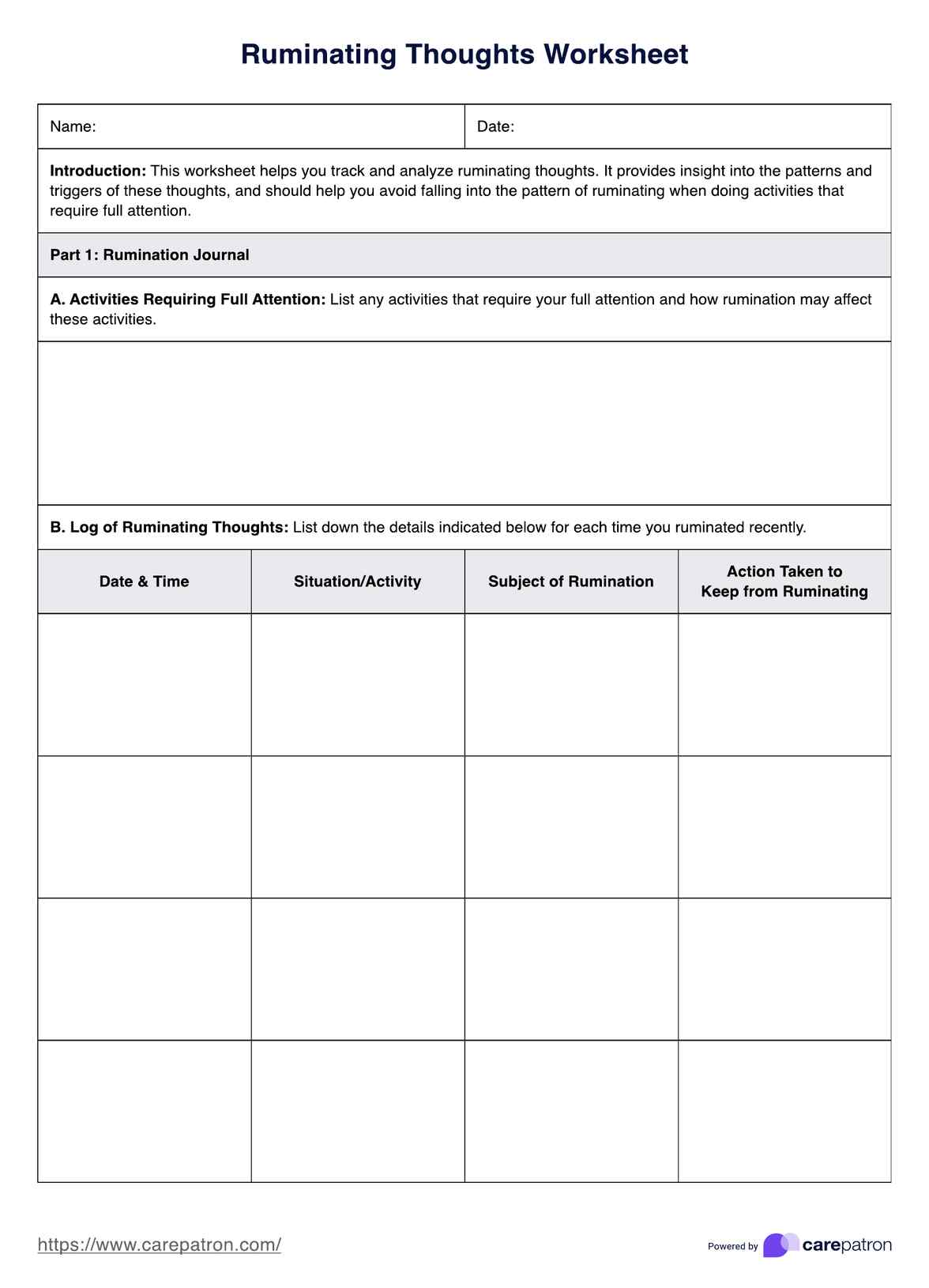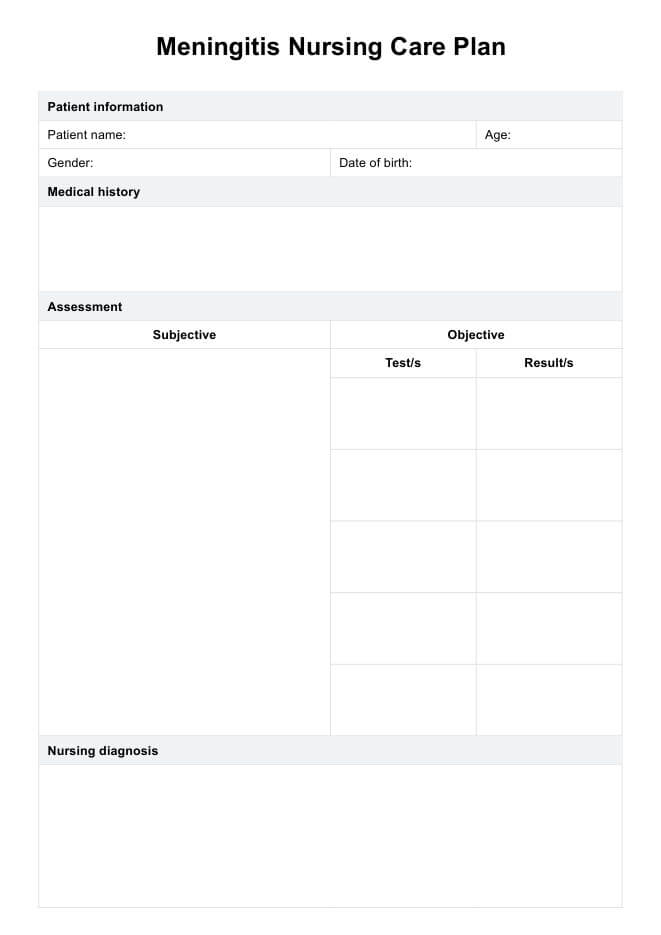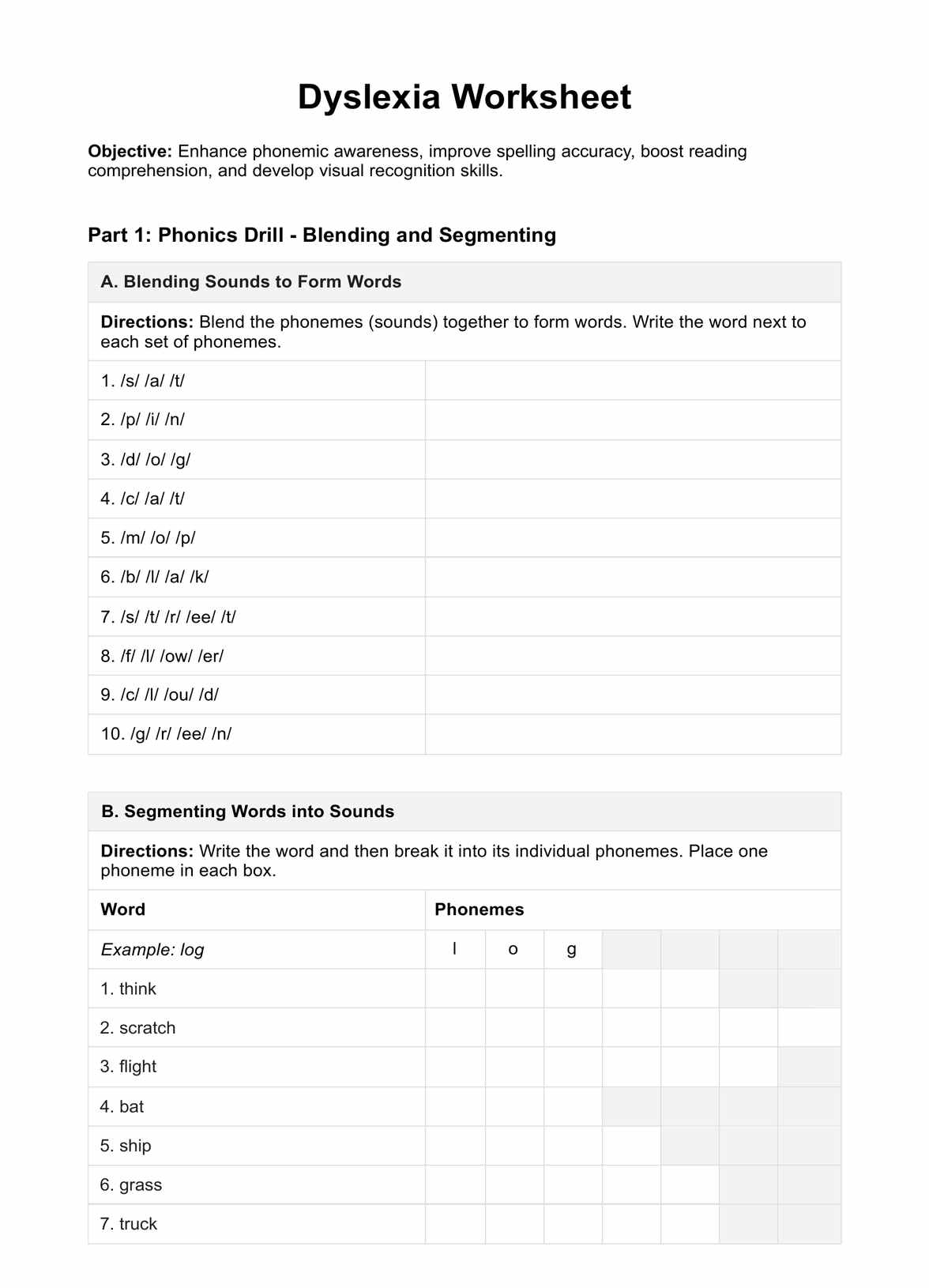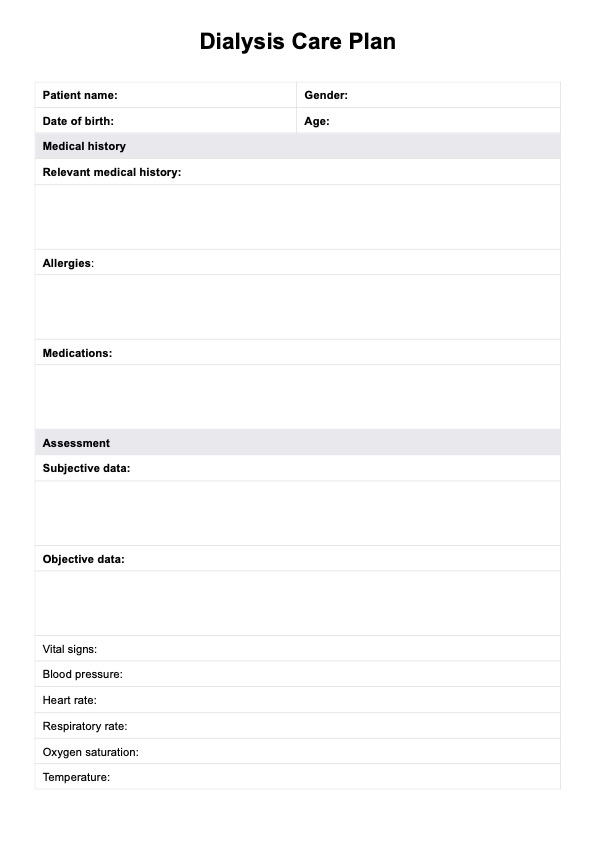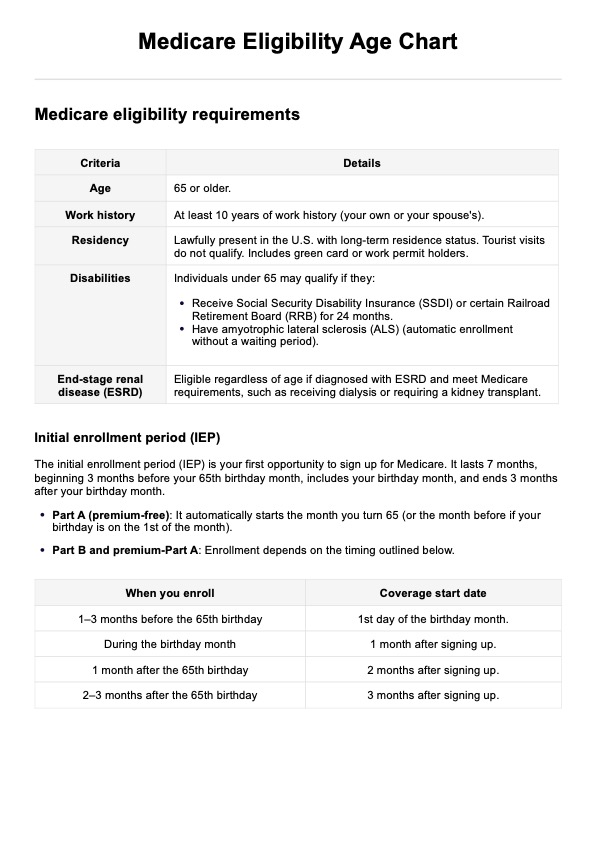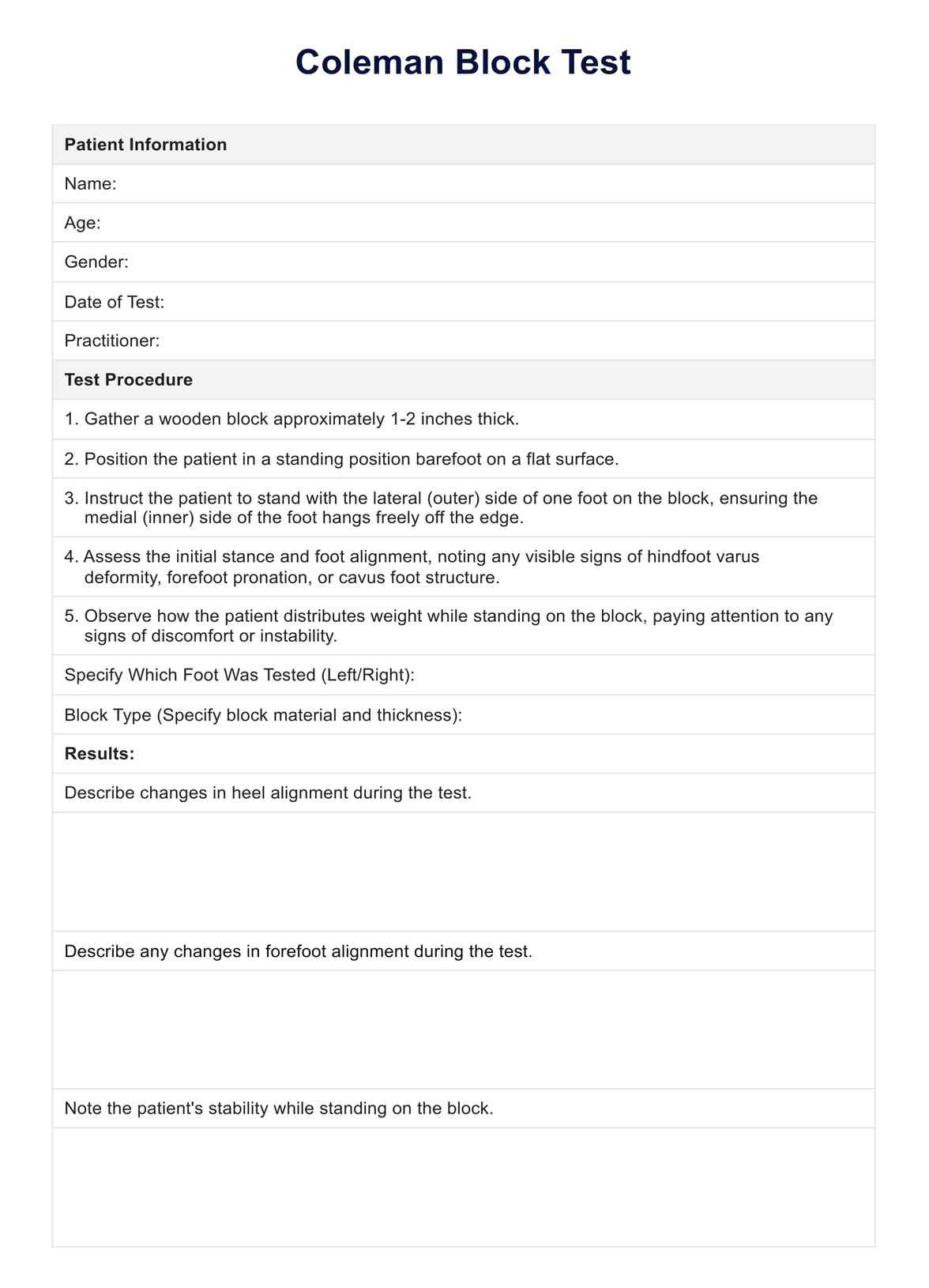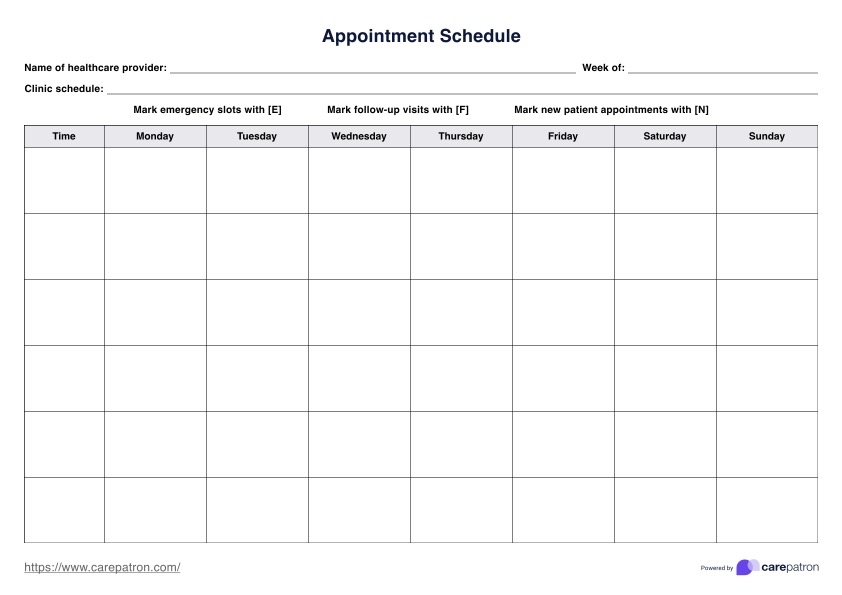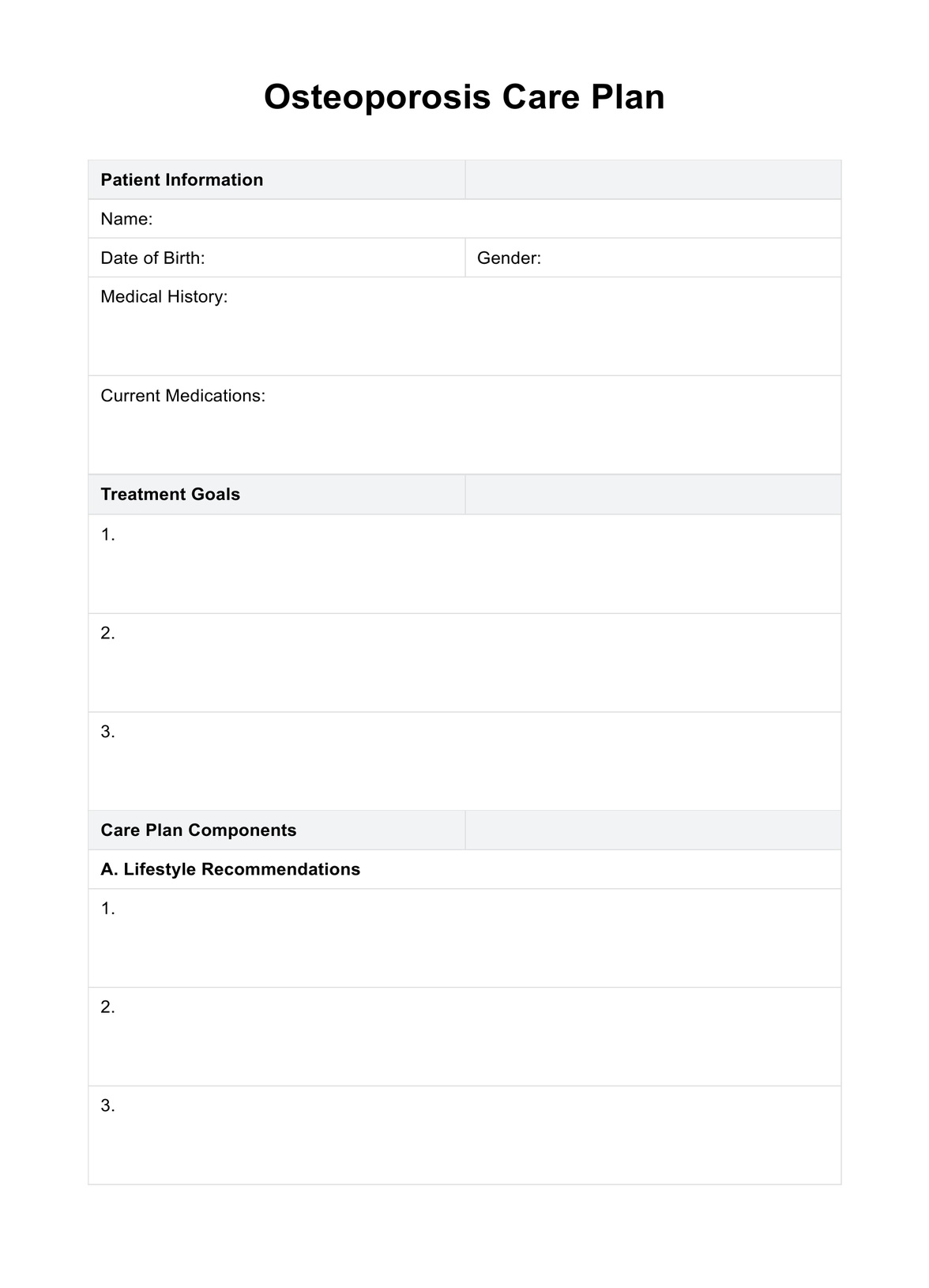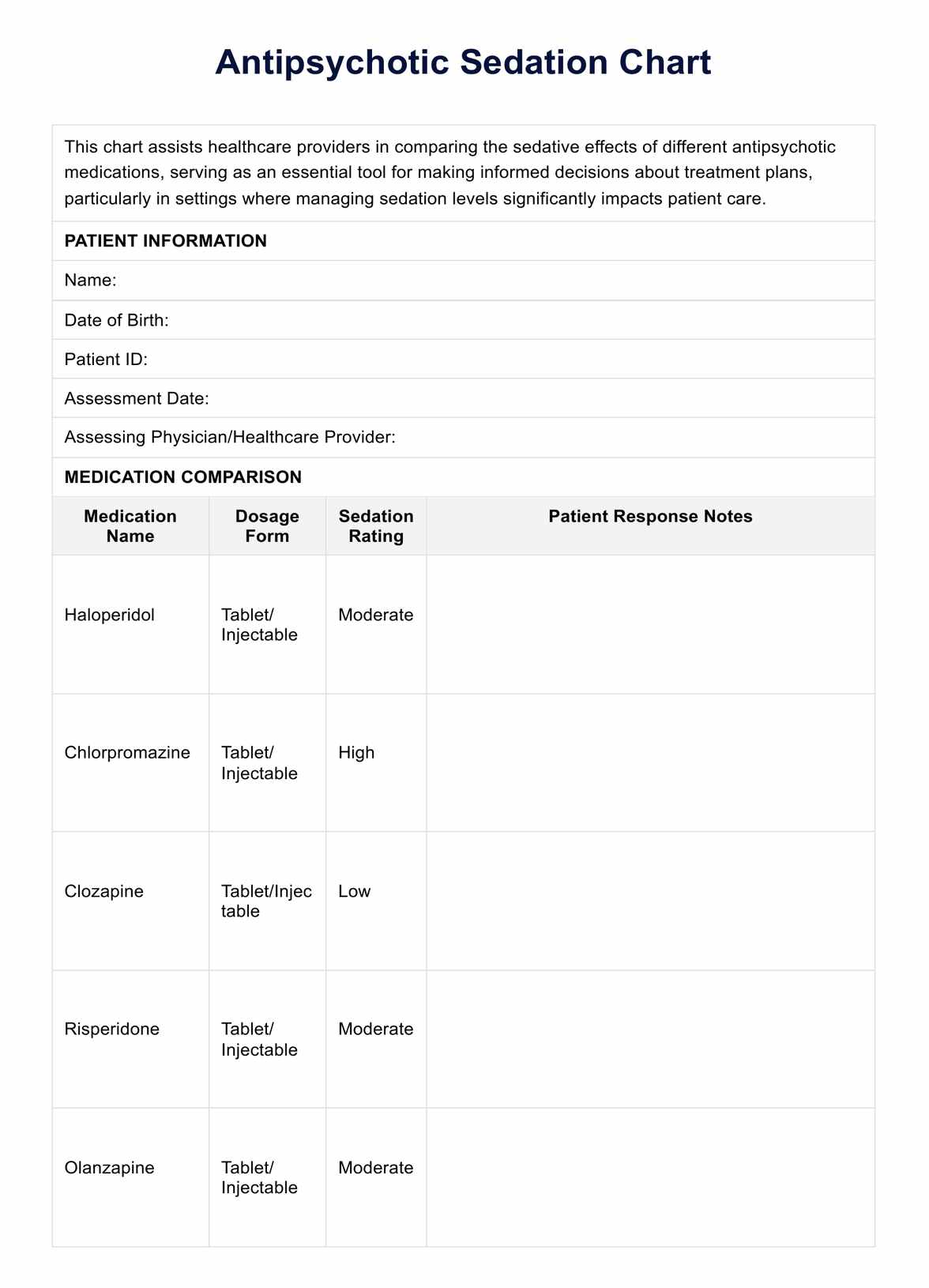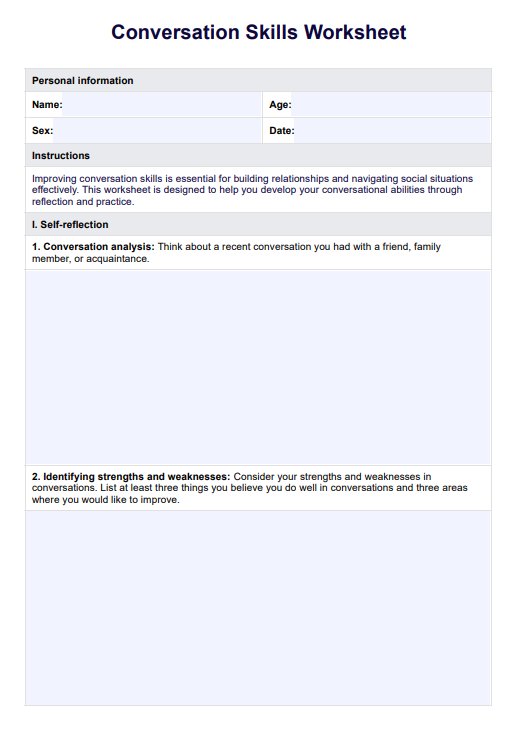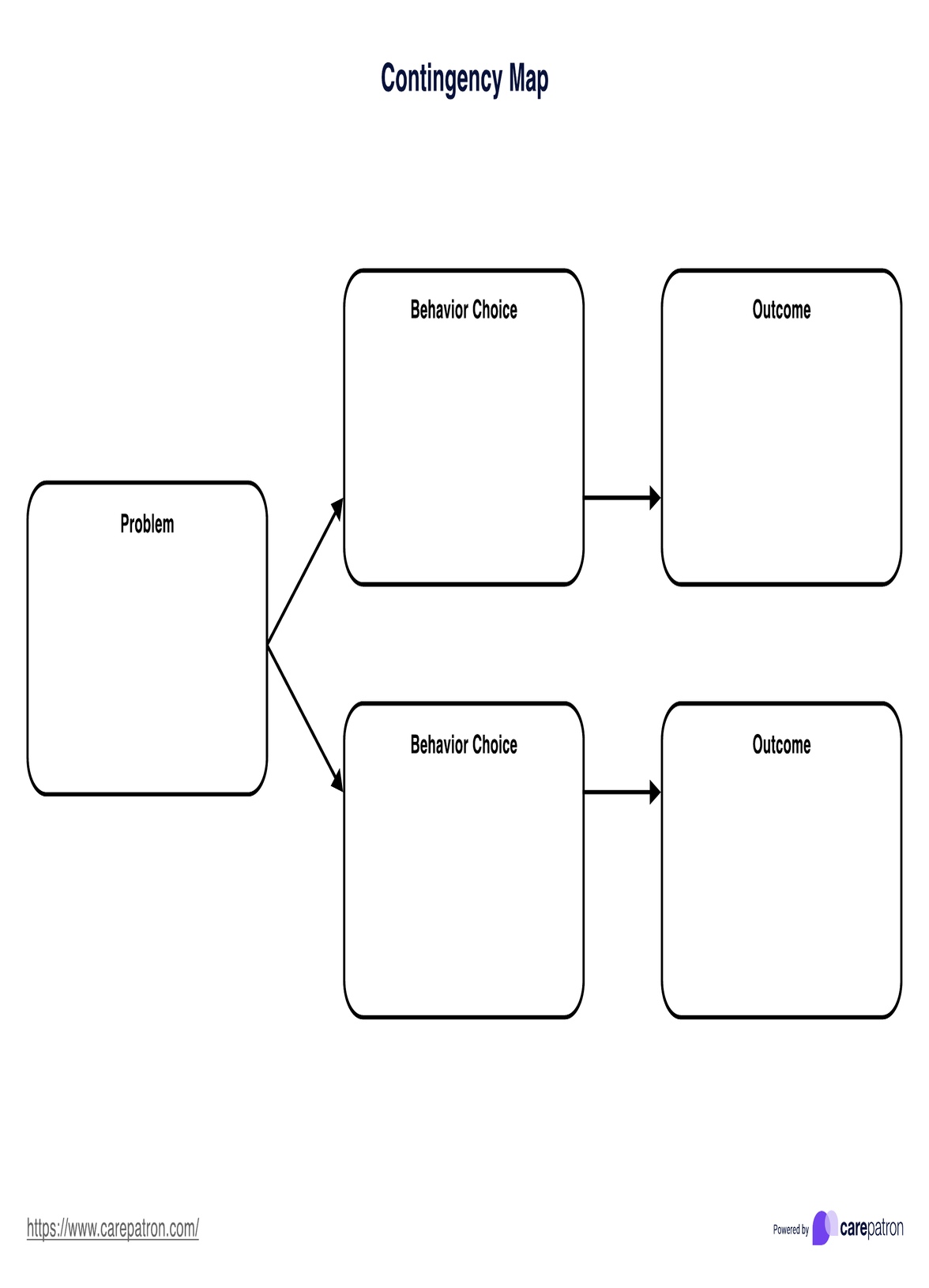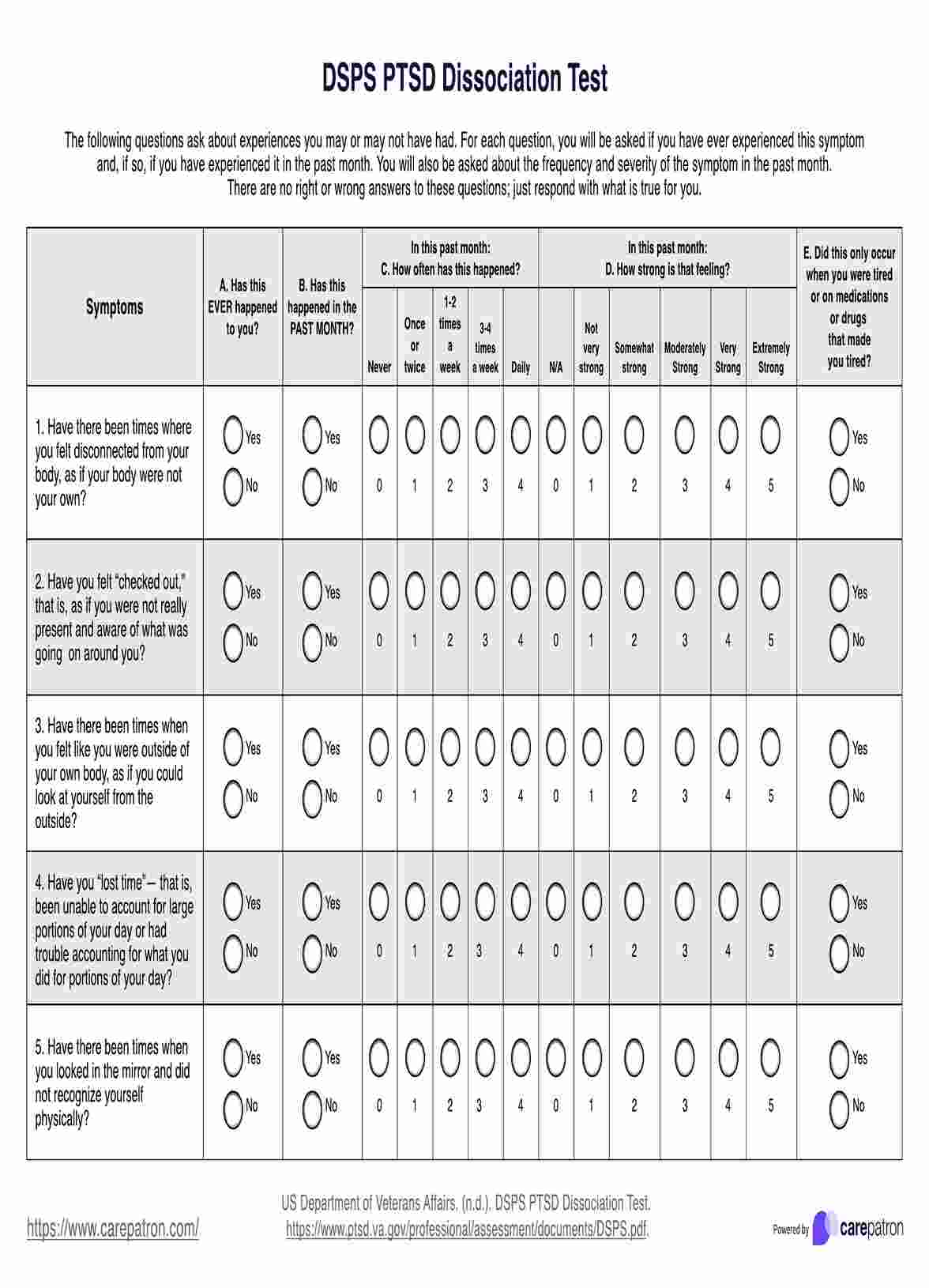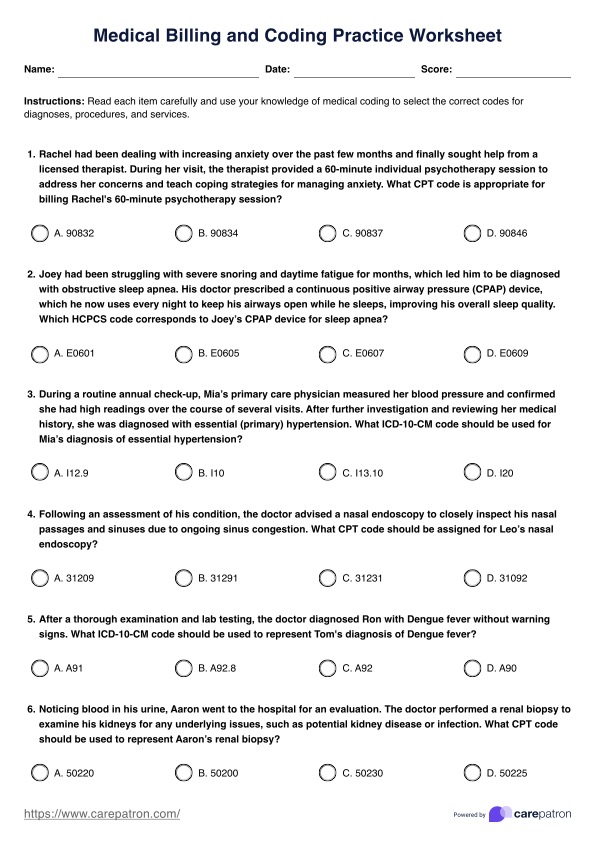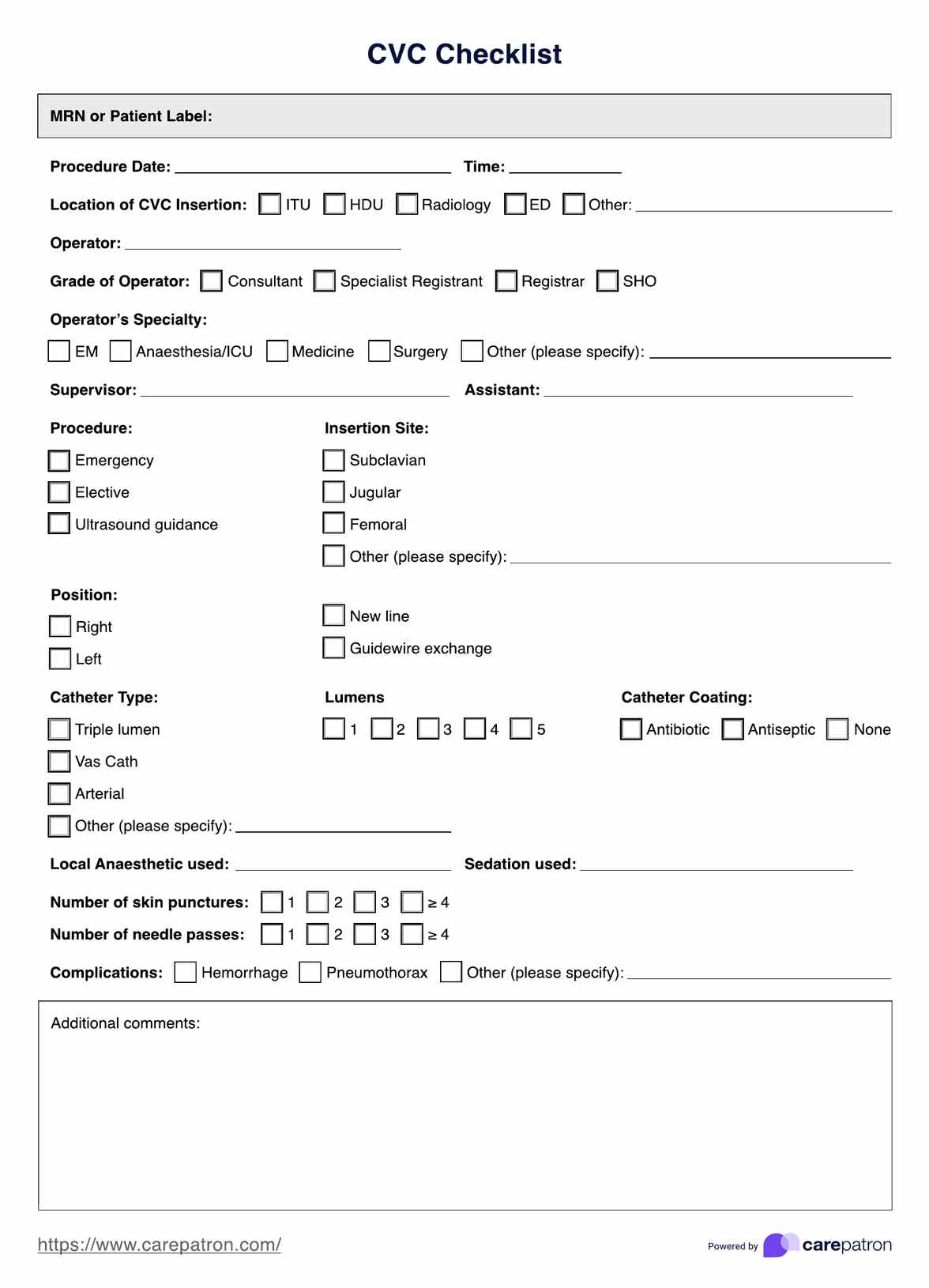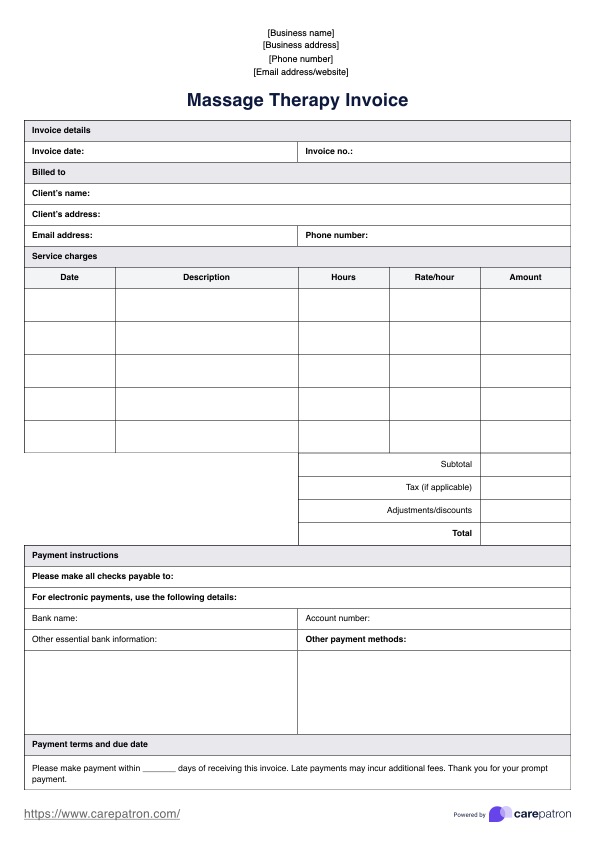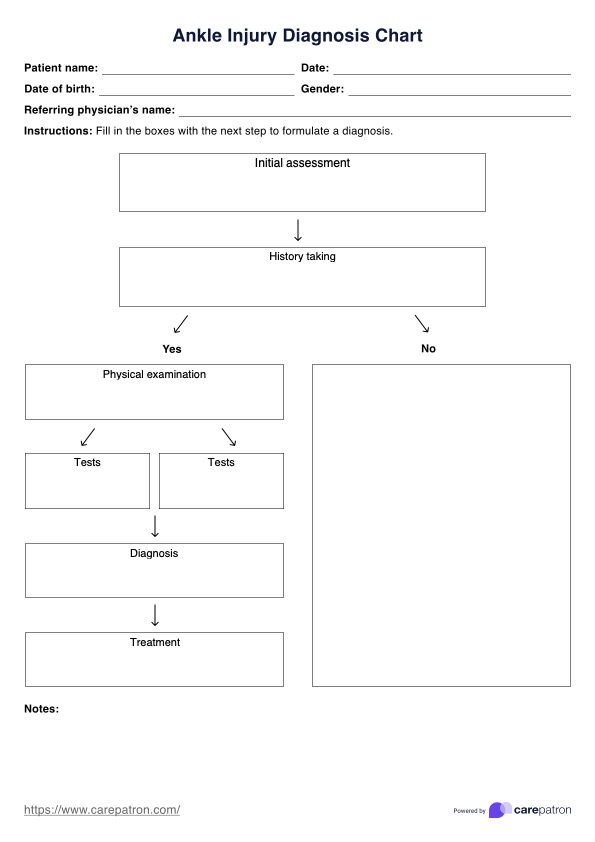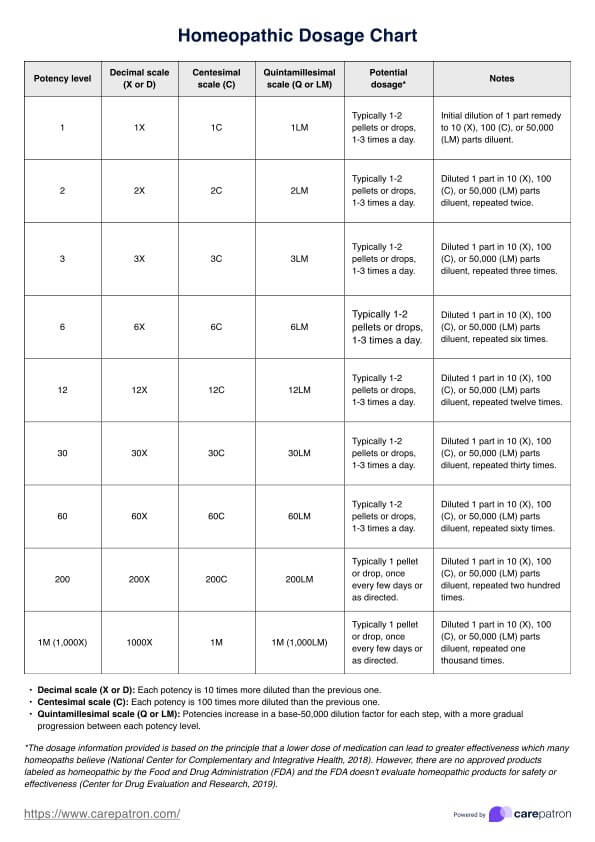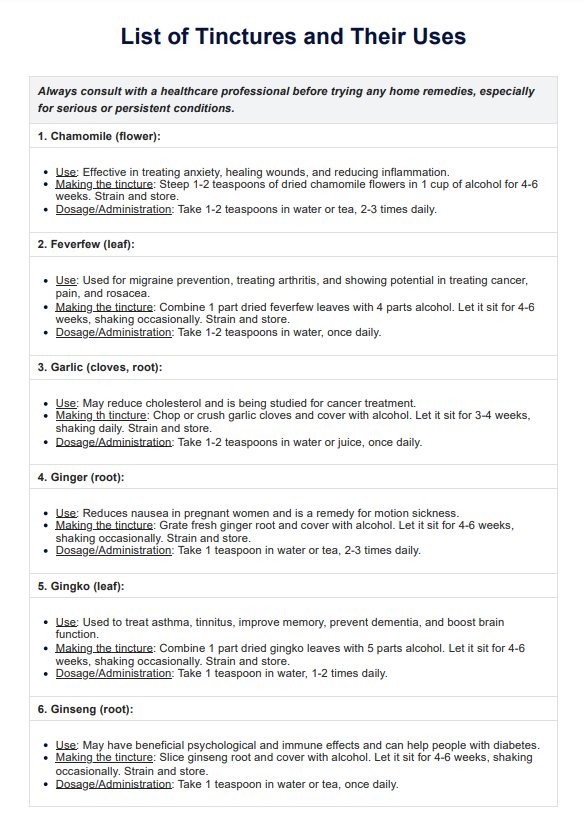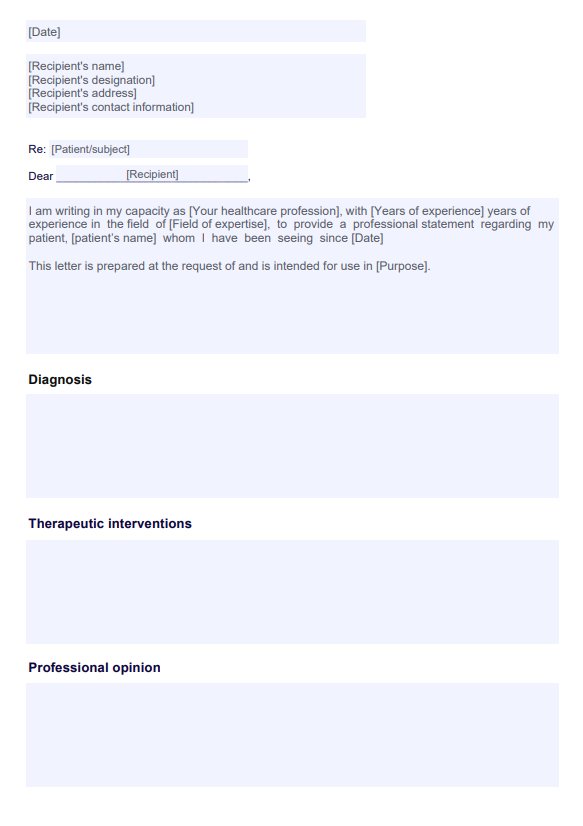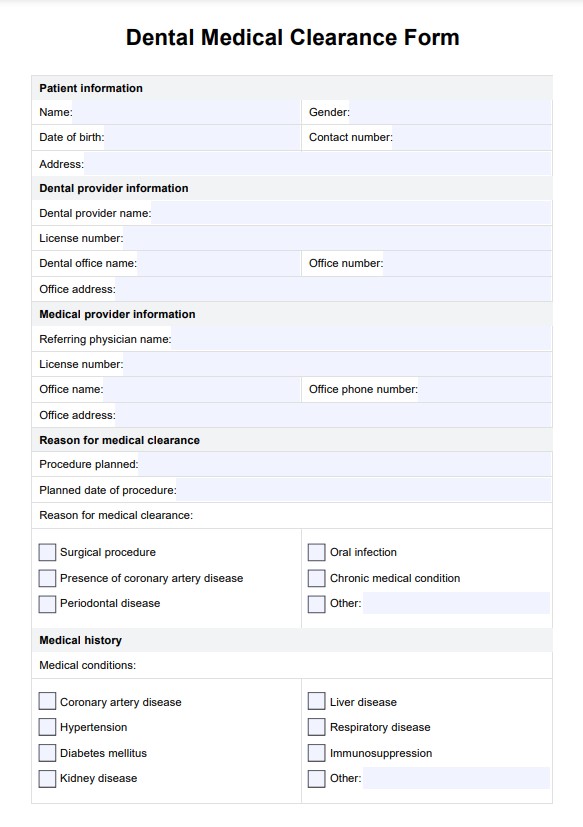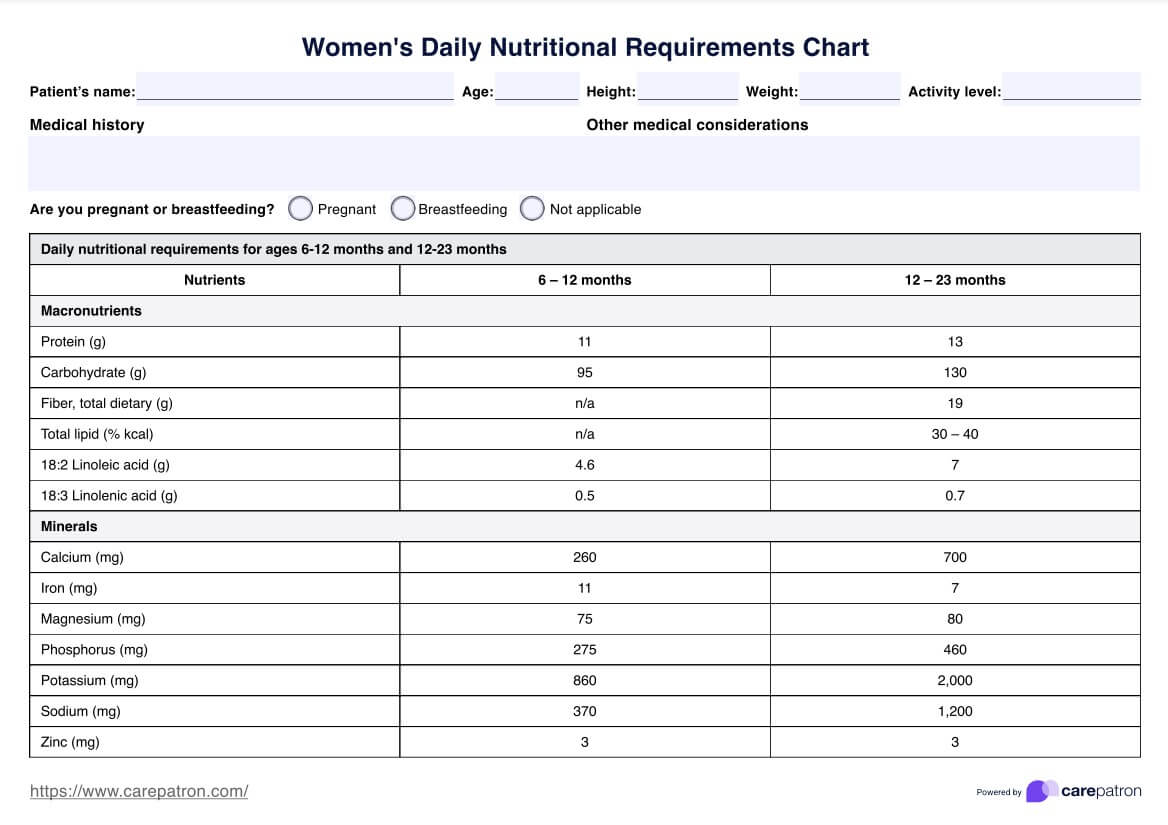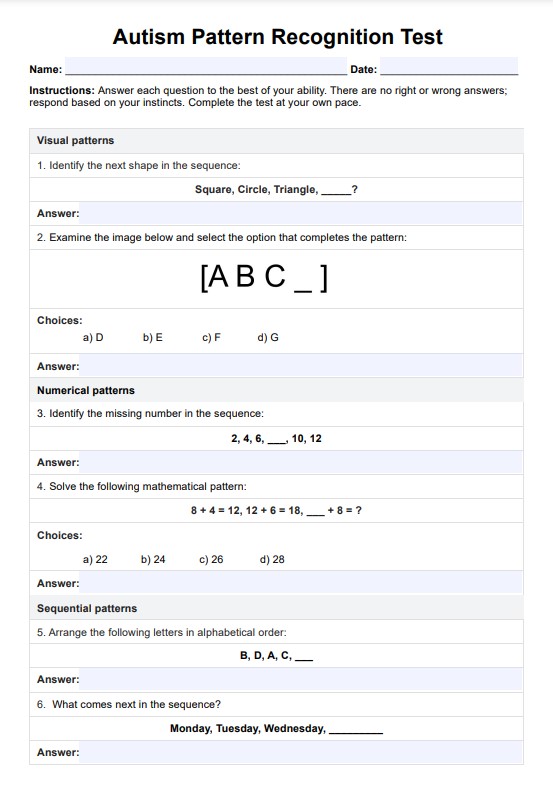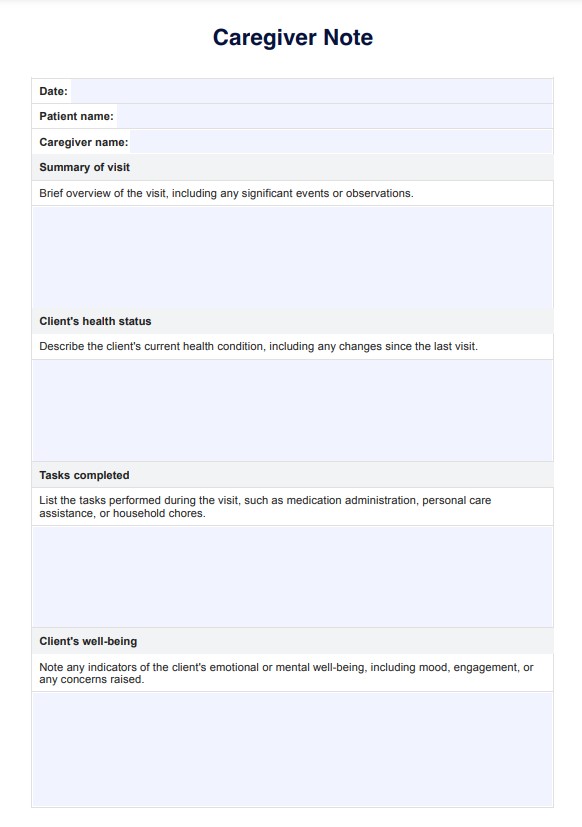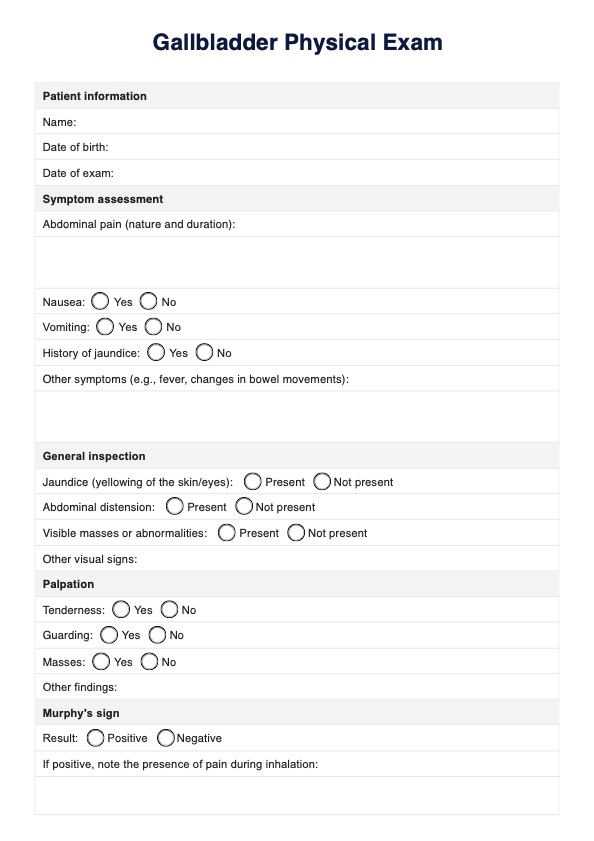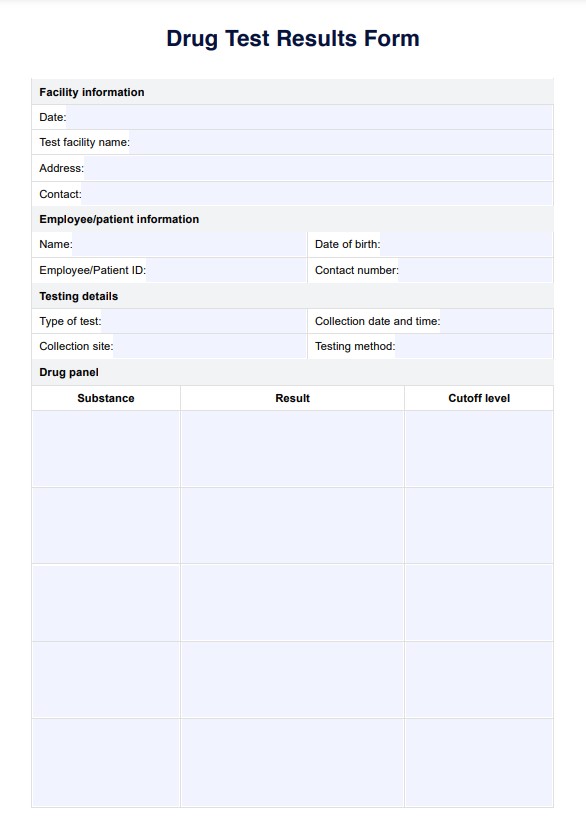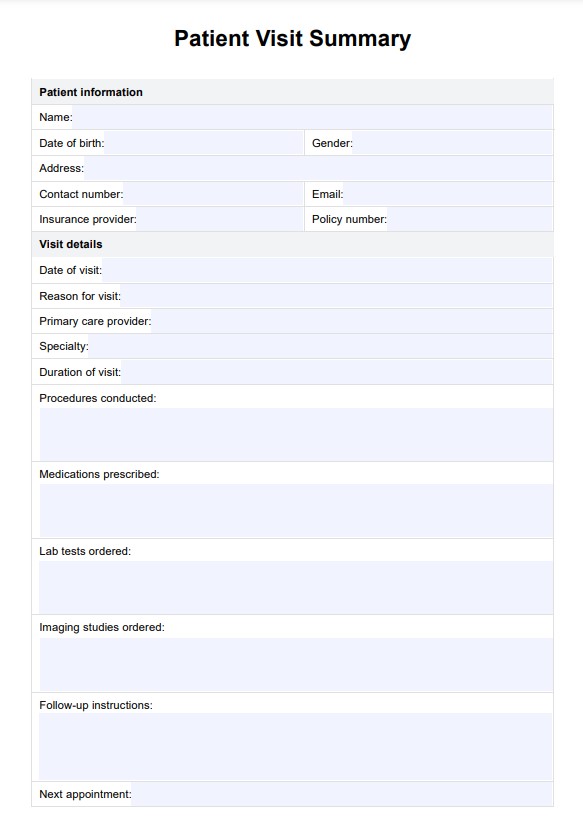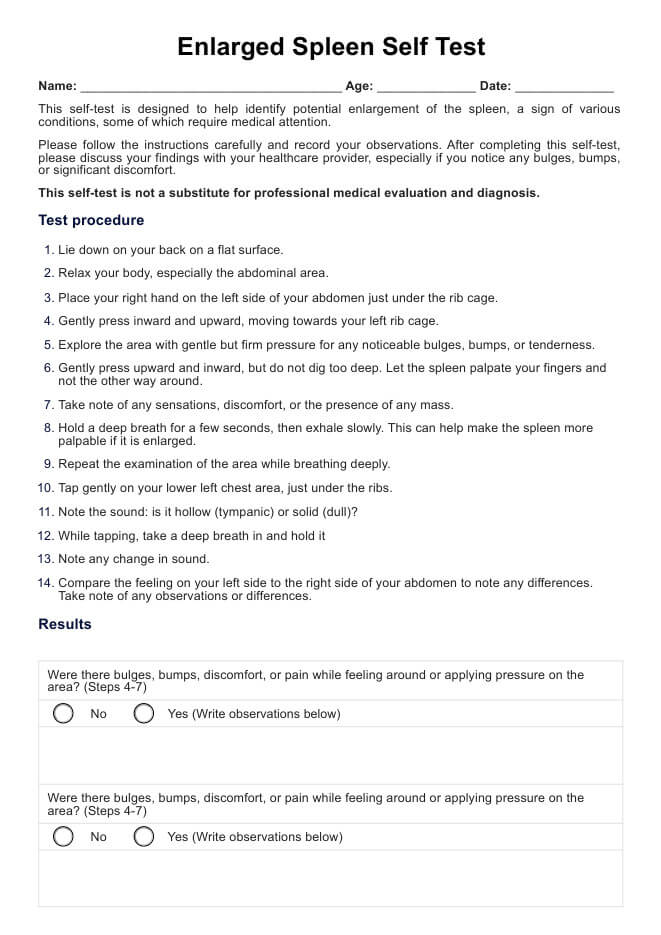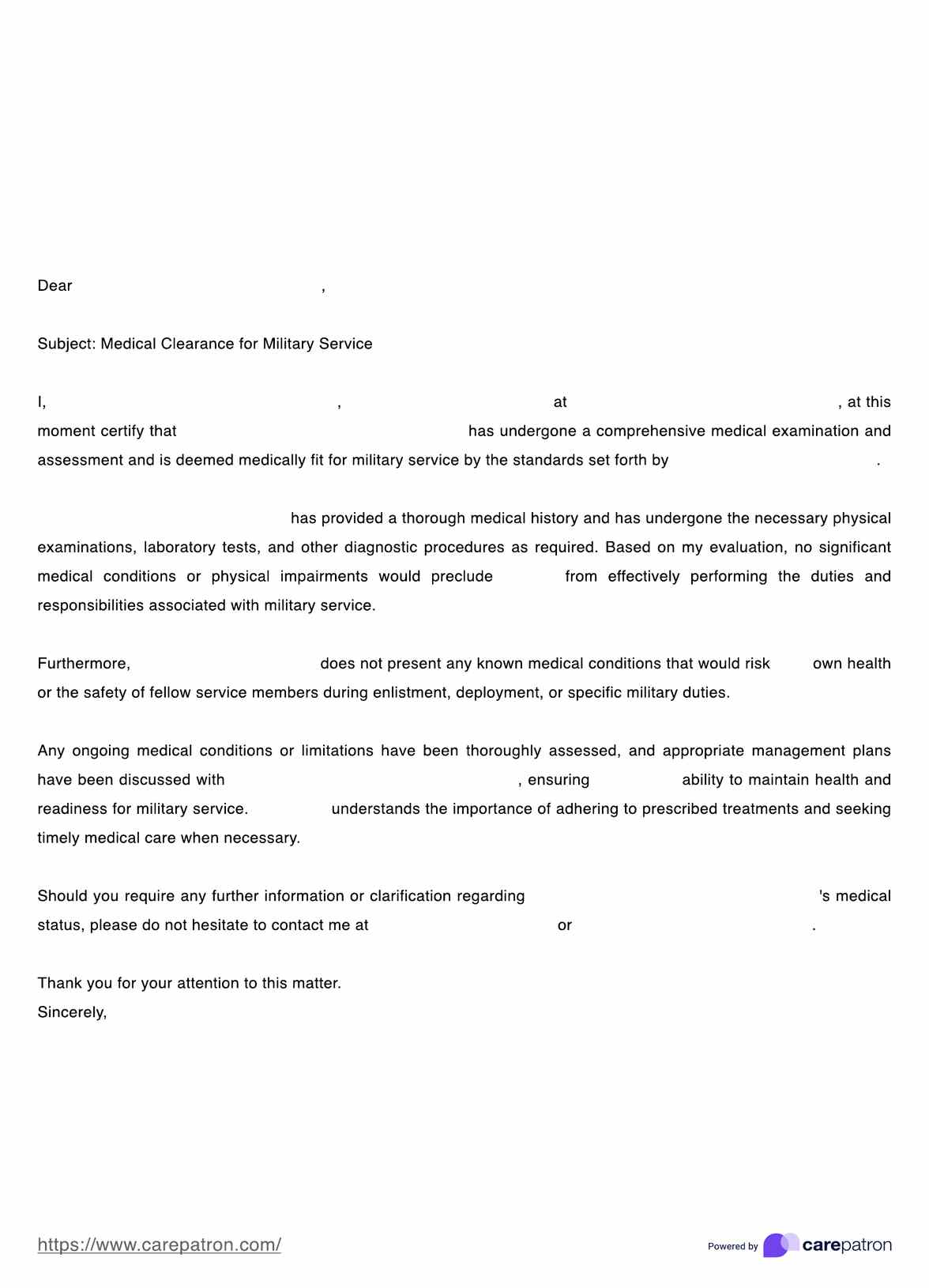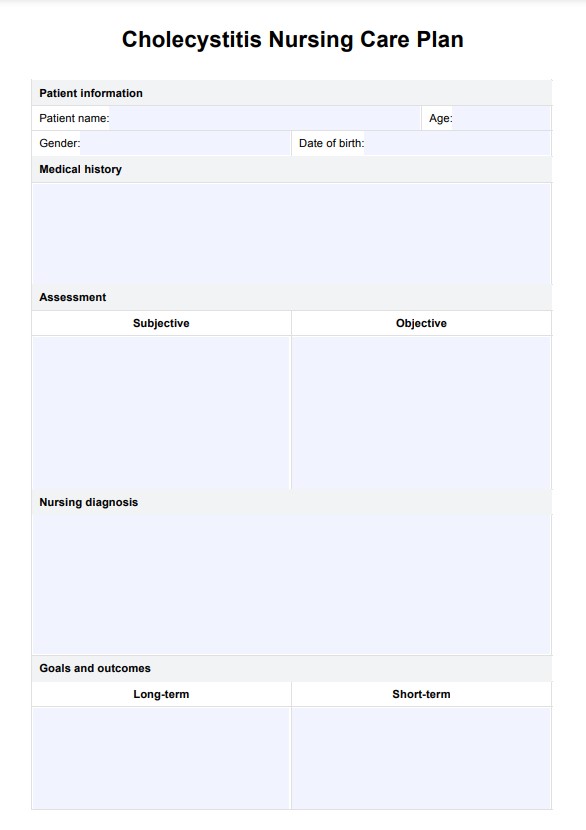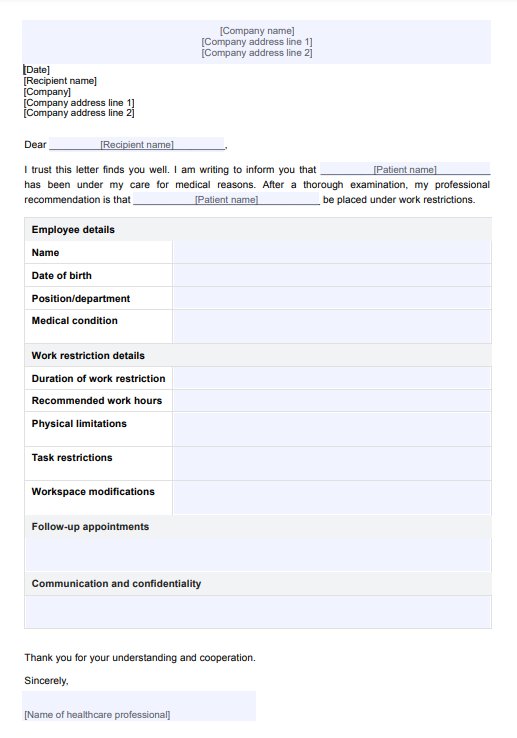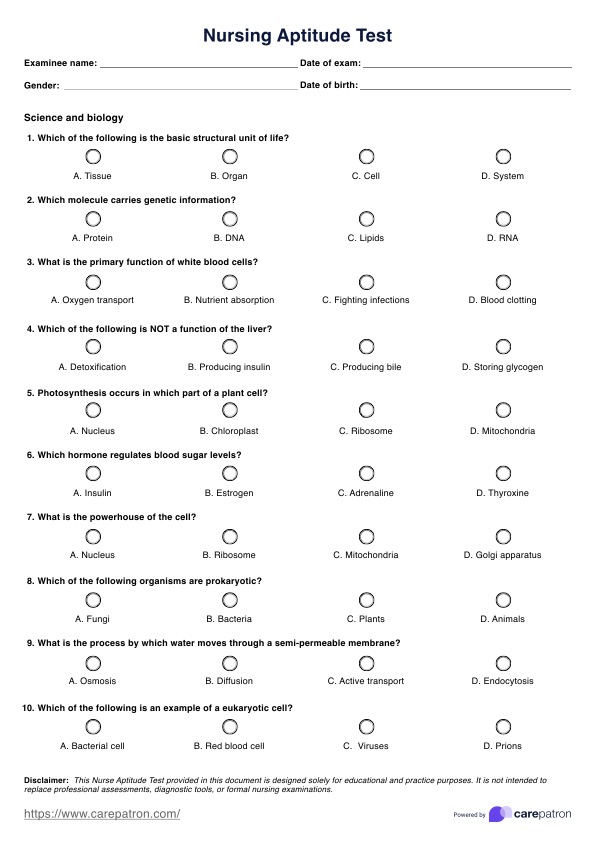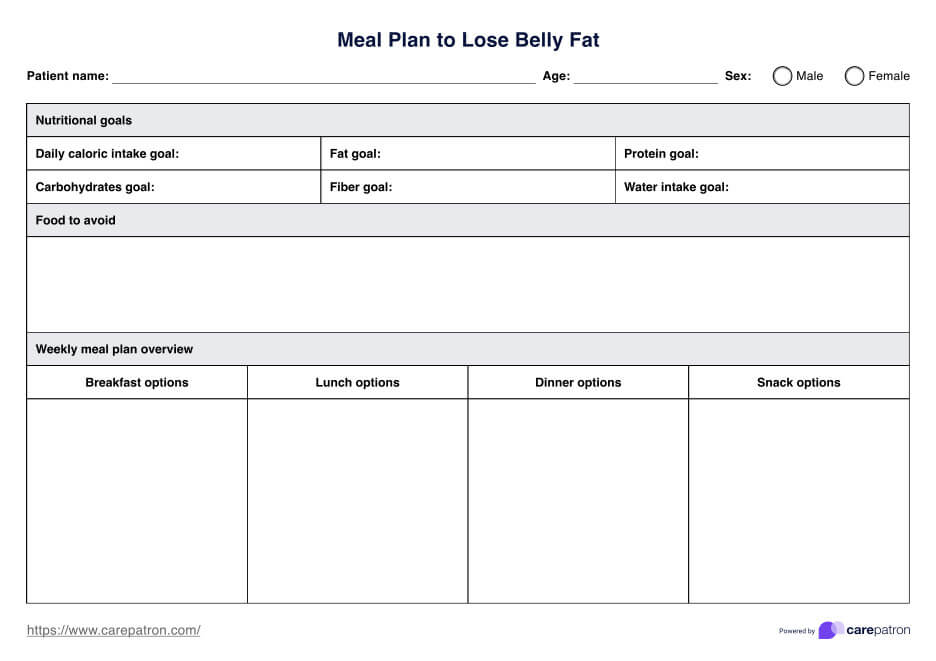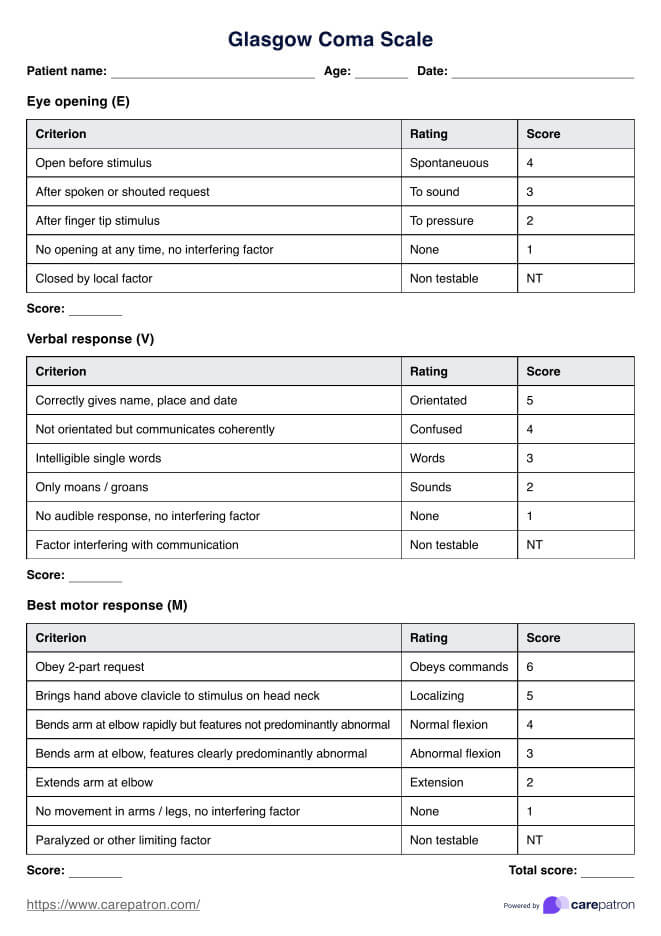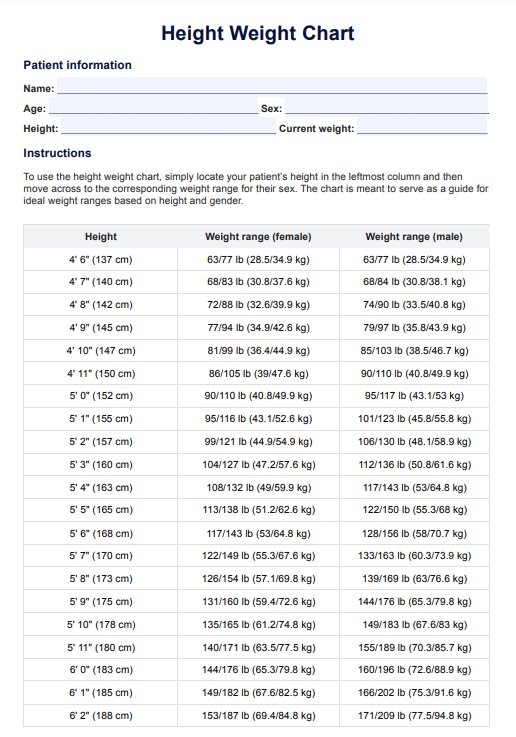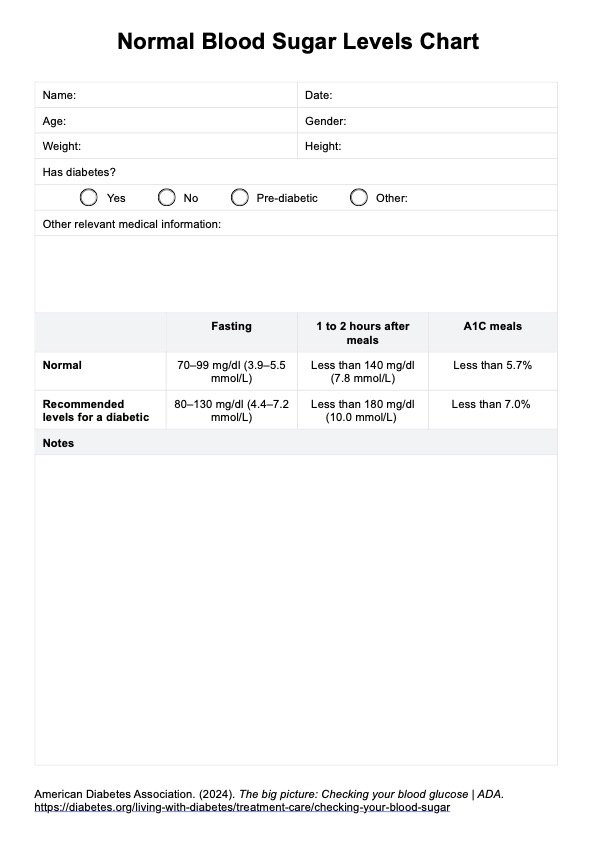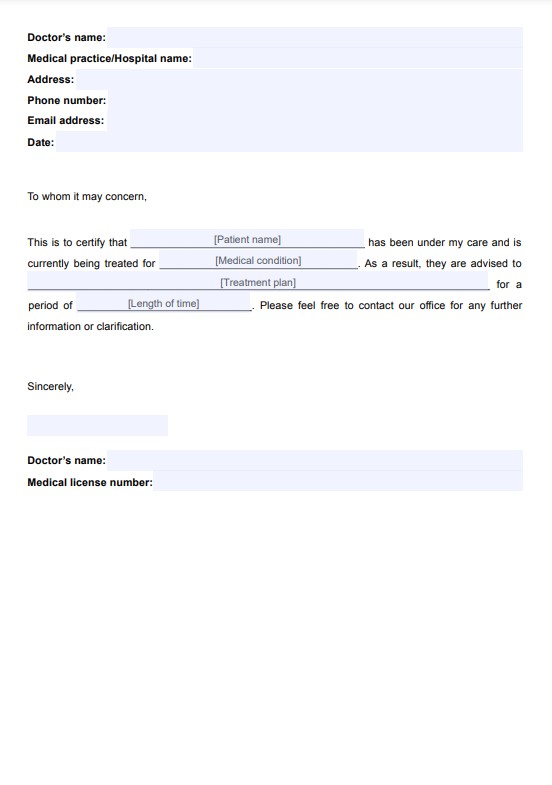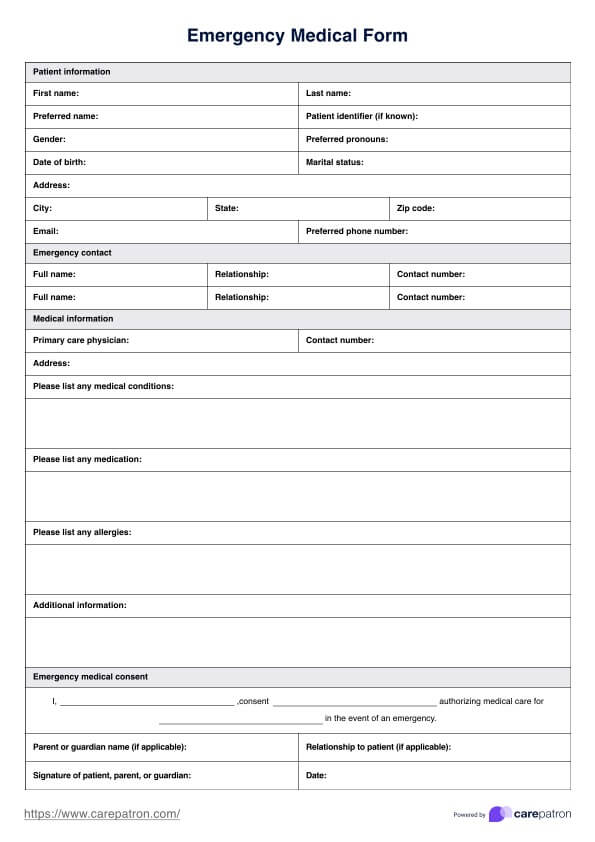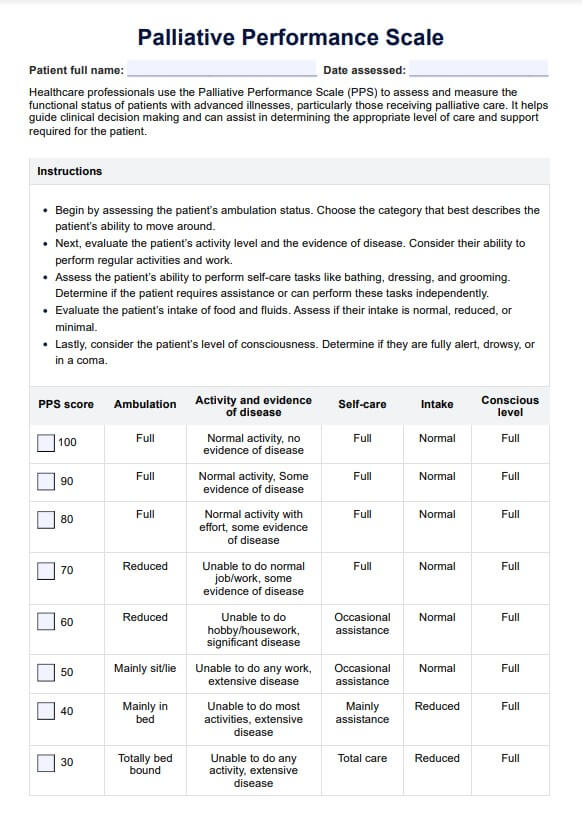Shoulder Muscle Diagram
Looking for an intuitive tool for explaining shoulder conditions? Download the shoulder muscle diagram now for effective consultations!


What is a Shoulder Muscle Diagram?
The shoulder muscles are a group of eight skeletal muscles that surround the ball-and-socket joint, known as the glenohumeral joint. These muscles provide strength, stability, and shape to the shoulder, allowing a wide range of movements, from throwing a ball to reaching high shelves. They include key muscles like the deltoid, supraspinatus, infraspinatus, teres minor, and subscapularis.
Shoulder Muscle Diagrams are visual representations that simplify the shoulder muscles' complex anatomy, aiding in easy comprehension. Healthcare professionals commonly use this educational tool to explain the structure and function of shoulder muscles to patients.
The diagram illustrates the connections and relationships between these muscles by employing arrows and distinct colors, enhancing visual understanding. The primary purpose is facilitating discussions with patients about shoulder health, injuries, and care. This visual aid proves invaluable in conveying information regarding conditions, preventive measures, and treatment options, empowering patients to comprehend and actively participate in their shoulder muscle well-being.
Shoulder Muscle Diagram Template
Shoulder Muscle Diagram Example
How are Shoulder Muscle Diagrams used?
Shoulder Muscle Diagrams play a crucial role in simplifying the intricacies of shoulder muscle anatomy and are employed as educational tools by healthcare professionals. These diagrams are used to visually convey information about the structure and function of shoulder muscles to patients.
By highlighting major muscles like the deltoid, supraspinatus, infraspinatus, teres minor, and subscapularis, alongside bones such as the clavicle, these diagrams provide a clear overview of the shoulder's complex anatomy. Arrows and distinct colors are often utilized to illustrate muscle connections and relationships.
The primary purpose is to enhance patients' understanding of shoulder health, injuries, and care. Healthcare professionals utilize these visual aids during consultations to explain conditions, treatment options, and preventive measures. These diagrams empower patients to discuss their shoulder well-being actively, fostering a collaborative approach to healthcare decision-making.
When are the best times to use this Shoulder Muscle Diagram template?
Here are the key scenarios for deploying the Shoulder Muscle Diagram template:
Patient education sessions
Utilize the Shoulder Muscle Diagram template during patient education sessions to enhance understanding of shoulder anatomy. Clearly illustrate major muscles and their functions, fostering informed discussions about conditions, preventive measures, and treatment options.
Physical therapy sessions
Incorporate the template in physical therapy sessions to visually guide patients in understanding targeted exercises. The diagram is valuable for explaining how specific movements engage different shoulder muscles, facilitating better compliance and engagement in rehabilitation exercises.
Healthcare consultations
Employ the Shoulder Muscle Diagram during healthcare consultations to elucidate shoulder conditions and injuries. This visual aid aids in breaking down complex information, making it accessible to patients, and encouraging active participation in discussions about their shoulder health.
Preventive workshops
Conduct preventive workshops where individuals can learn about maintaining shoulder health. The template is an educational resource, empowering participants to adopt proactive measures and make informed lifestyle choices for optimal shoulder well-being.
Using the muscle diagram template can significantly enhance your practice by providing a clear and detailed representation of muscle anatomy. This template helps in visualizing and understanding muscle groups, which is essential for accurate diagnosis and effective treatment planning.
What are the benefits of using a Shoulder Muscle Diagram?
Here are the benefits of using a Shoulder Muscle Diagram:
Unlock clarity in patient education
Our Shoulder Muscle Diagram facilitates clear communication during patient education sessions. Visually highlighting major muscles and their functions enhances comprehension, enabling more meaningful discussions about shoulder anatomy, conditions, and care.
Empower targeted rehabilitation
In physical therapy, this diagram proves invaluable. It visually guides patients through targeted exercises, making it easier to understand how specific movements engage different shoulder muscles. This empowerment fosters better compliance, engagement, and overall effectiveness in rehabilitation programs, optimizing recovery.
Enhance healthcare consultations
During healthcare consultations, leverage the Shoulder Muscle Diagram to simplify complex information about shoulder conditions and injuries. This visual aid transforms discussions, making them accessible to patients and encouraging active participation in decisions related to their shoulder health.
Häufig gestellte Fragen
The diagrams aid in studying anatomy by providing a visual reference to understand the arrangement and functions of different shoulder muscles.
In a clinical setting, these diagrams communicate and explain shoulder conditions, injuries, and treatment plans to patients, enhancing patient understanding.
Yes, there are different shoulder muscle diagrams, ranging from basic illustrations to more detailed diagrams, including labels for specific muscles, bones, and their connections.


